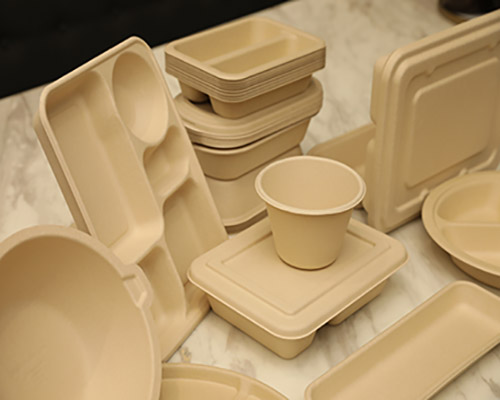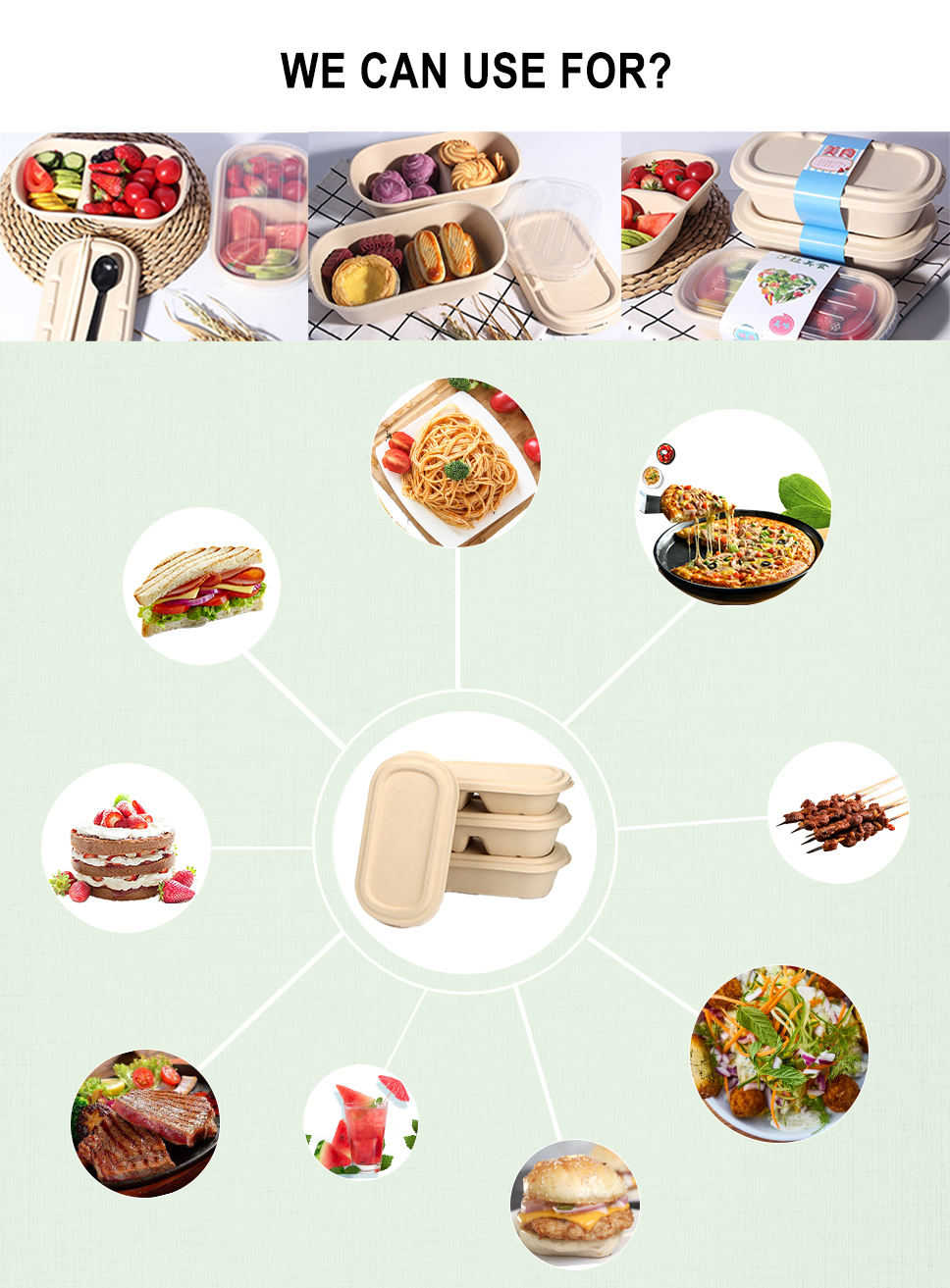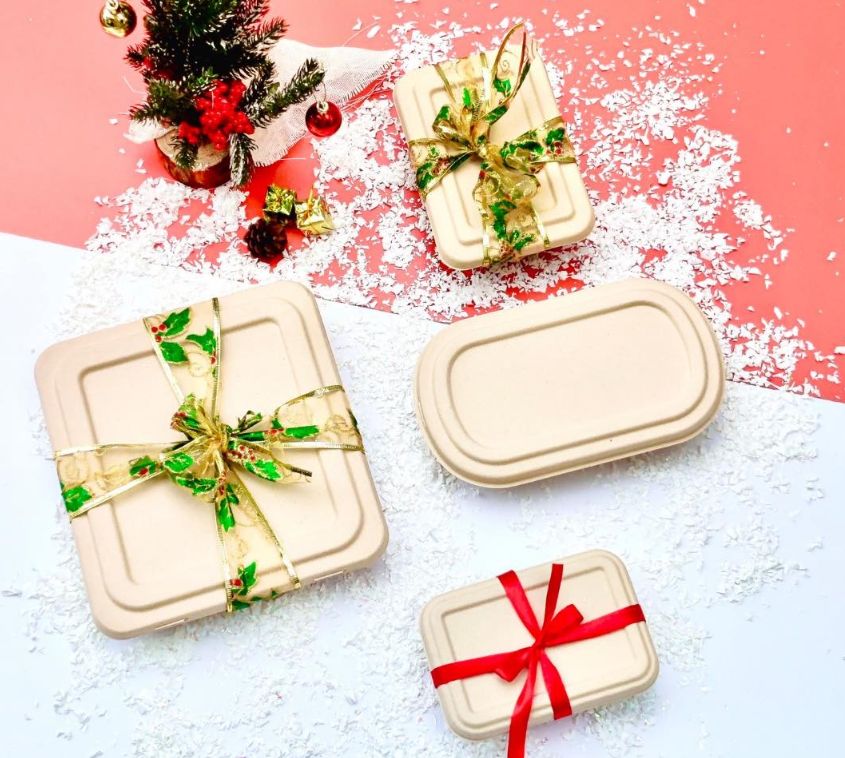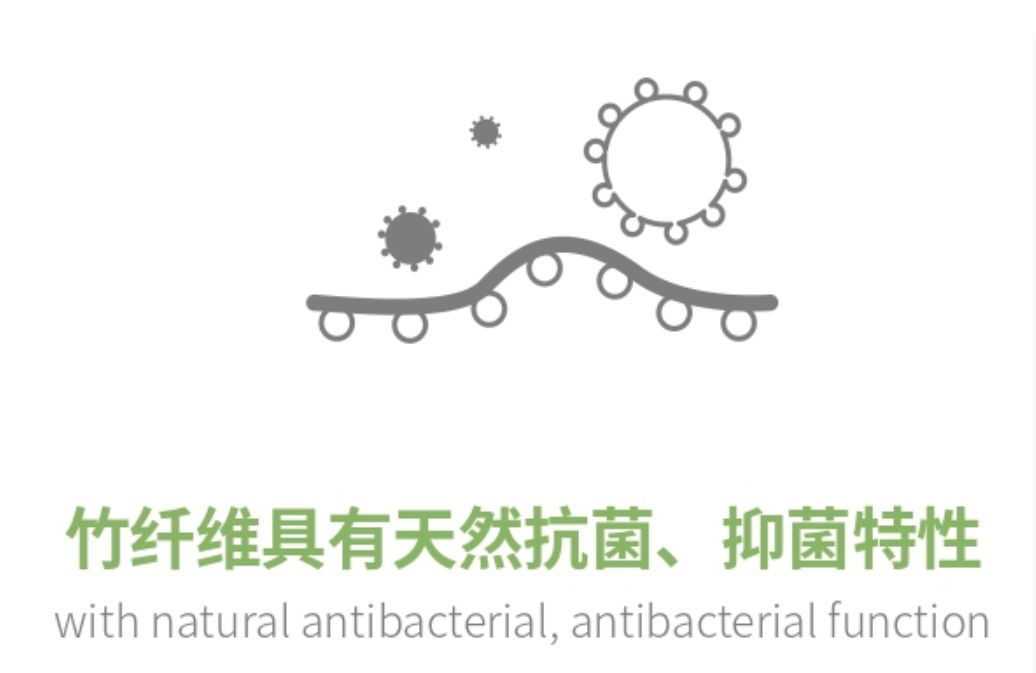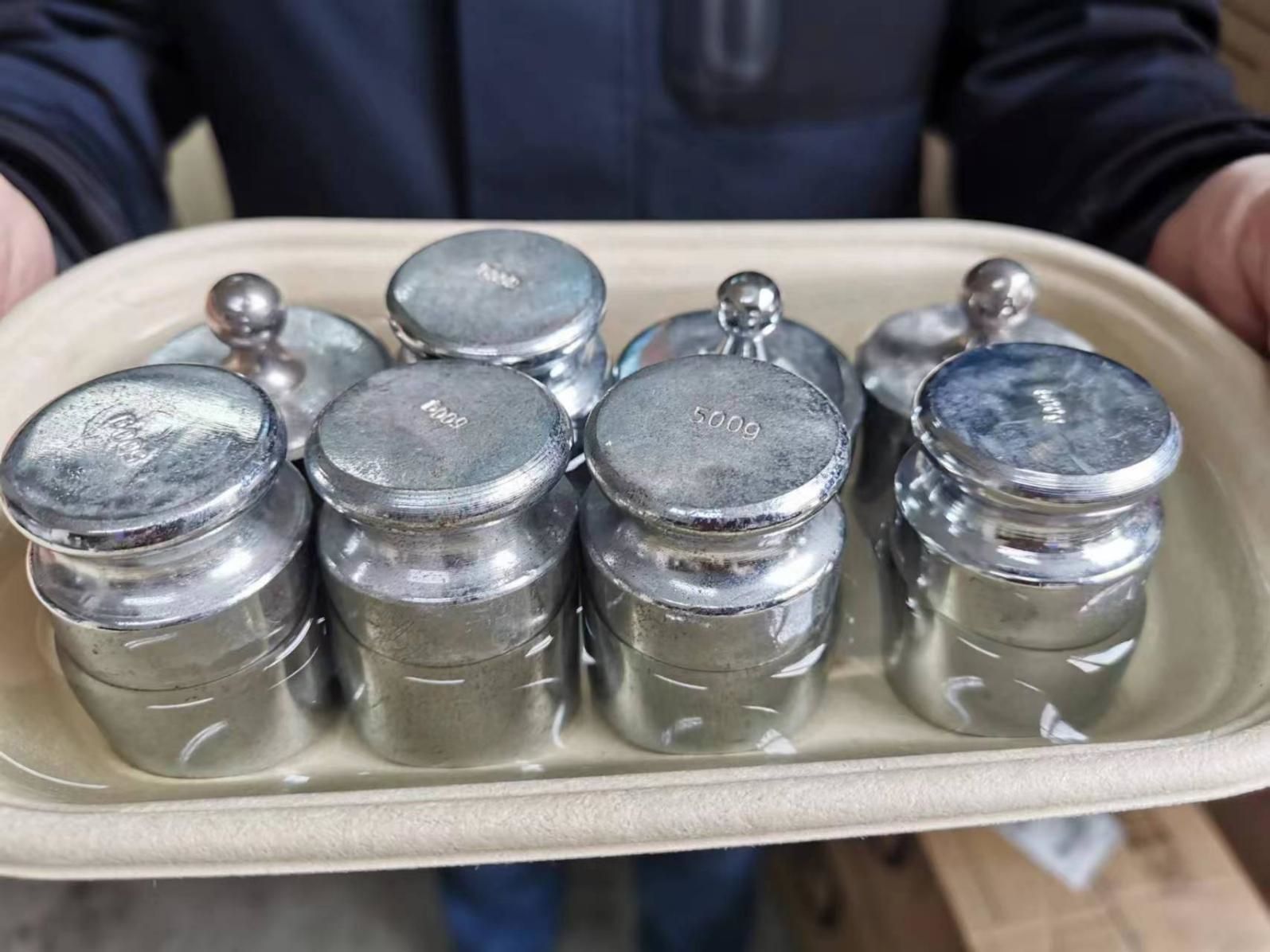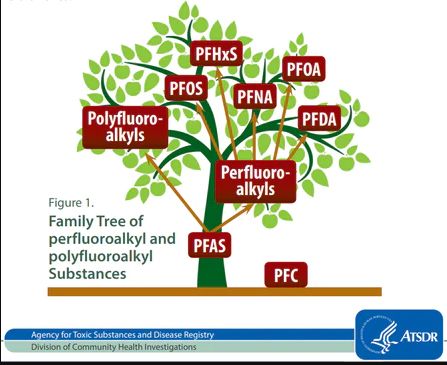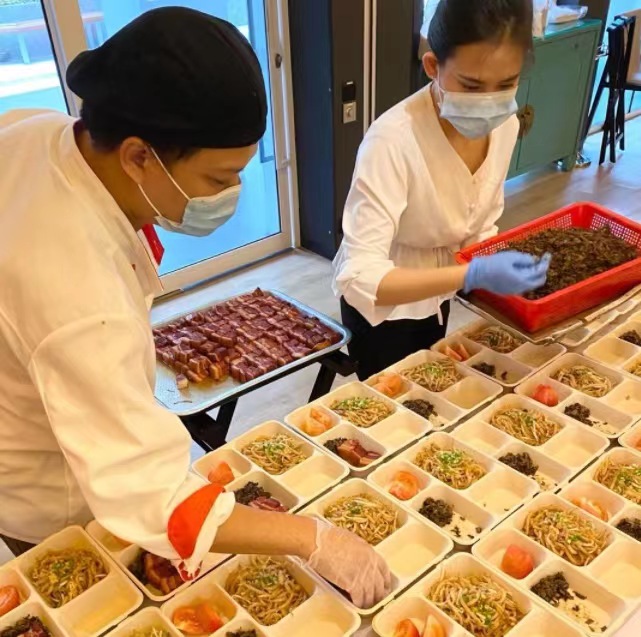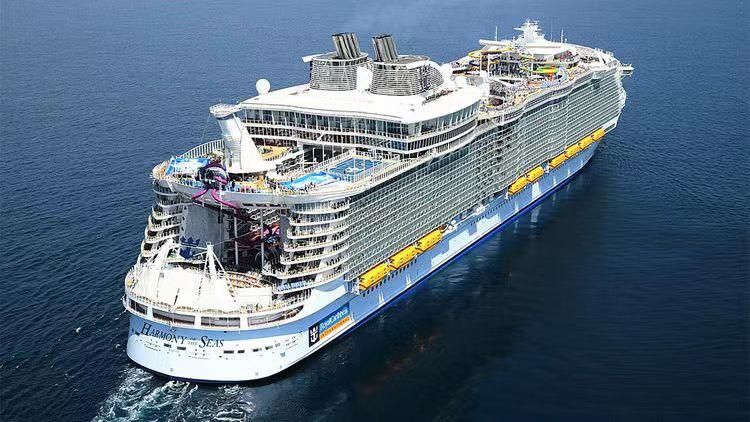Is bamboo disposable products the most environmentally friendly choice
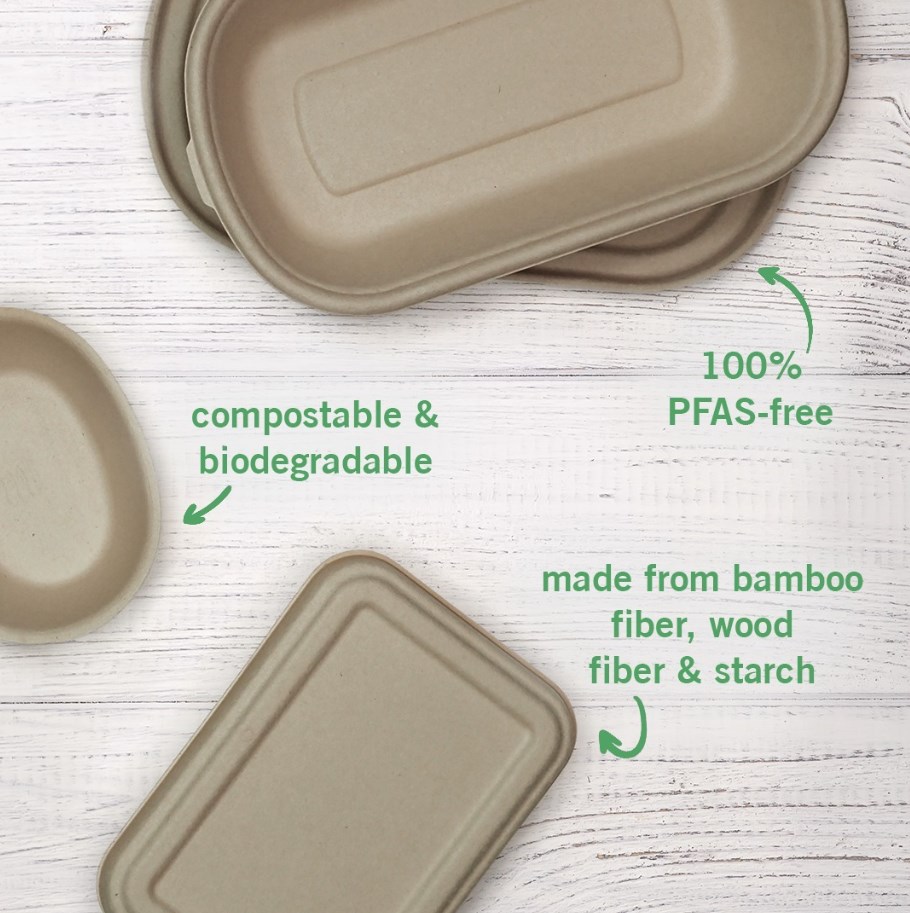
Are Bamboo Disposable Products the Most Eco-Friendly Option?
Bamboo Disposable Products
Bamboo disposable products like cups, plates, straws and cutlery have risen in popularity due to increased environmental awareness. But various eco-friendly materials exist for making disposable tableware and foodservice items. This article compares bamboo disposables to other green options to determine the most sustainable choice.
What Are Bamboo Disposable Products?
These products are all made from bamboo fiber pulp. The raw bamboo grass is crushed and processed to extract the fiber strands. These fibers are then bleached and pressed into disposable tableware and foodservice ware.
Bamboo fiber offers several advantages over standard paper or plastic disposables:
· Renewable Resource - Bamboo regrows rapidly without needing replanting. It yields 20 times more fiber per acre than trees. This makes bamboo a highly renewable plant-based material.
· Biodegradable - 100% bamboo fiber breaks down easily when commercially composted. The products won’t last for years in landfills.
· Sturdy When Wet - Bamboo cups, plates, and containers maintain their shape and structure when damp. They won’t easily soak through or become soggy.
· Naturally Antimicrobial - Bamboo contains antibacterial agents that resist growth of microbes and molds. This adds hygienic benefits to plates, straws and cutlery.
With these properties, bamboo disposable products provide an eco-friendly option for single-use tableware and on-the-go food service ware.
How Do Bamboo Disposables Compare to Other Green Materials?
Several other plant-based and biodegradable materials exist for manufacturing disposable items like bowls, containers and cutlery:
Bagasse Disposable Products
Bagasse is the pulp left over after extracting juice from sugarcane. Converting waste bagasse into disposable bowls, plates and boxes helps make use of the entire sugarcane crop.
Pros
· Renewable byproduct material
· Compostable and biodegradable
Cons
· Weaker and less durable than bamboo fiber
· Requires chemical bleaching
PLA Plastic
Polylactic acid or PLA is a bioplastic made from corn, cassava or sugar beet starches. It can be formed into cups, utensils and food containers.
Pros
· Made from renewable plants
· Commercial compostable
Cons
· Requires significant processing
· Weak heat resistance
· Can't be recycled with regular plastics
Palm Leaf Tableware
Fallen palm leaves provide thick fiber for pressing into plates, bowls and platters. Palm trees regenerate leaves annually.
Pros
· Made from agricultural waste material
· Sturdy and naturally waterproof
Cons
· Limited to basic shapes and plates
· Needs UV coating to prevent color leaching
Are Bamboo Disposables the Most Eco-Friendly Overall?
While palm leaf tableware avoids processing, bamboo disposable products appear to be the most eco-friendly and sustainable choice for plates, straws, cutlery and other single use items for several key reasons:
· Rapidly Renewable - Bamboo regrows extremely fast, yielding 20 times more material per acre than forestry. It does not divert farmland from food crops.
· Few Additives Needed - Pure bamboo fiber requires no bleaching agents or coatings. It has natural antibacterial properties.
· Versatile Applications - Bamboo pulp can be formed into a wide range of disposable tableware for food service like cups, lids, trays and containers.
· Sturdy When Wet - Bamboo products maintain rigidity when damp, preventing sogginess with hot or cold foods.
· Commercially Compostable - 100% bamboo fiber breaks down readily in industrial composting facilities.
While not perfect, bamboo offers the best balance of sustainability, performance and renewability among eco-friendly disposable options available today. The material is rapidly renewable, biodegradable and versatile for making single-use tableware.
Frequently Asked Questions
Is bamboo stronger than paper or Styrofoam disposables?
Yes, bamboo fiber is much more durable and rigid compared to materials like paper pulp or Styrofoam. It is resistant to tearing or fracturing when damp.
Can you compost bamboo products at home?
Most bamboo disposables require high heat industrial composting to fully biodegrade. Home compost conditions won't break bamboo fiber down.
Are bamboo disposables expensive?
Bamboo costs more per piece compared to regular paper plates or plastic cups. But the eco-friendly properties offset the slightly higher price for many consumers.
Are bleach or dyes used to whiten bamboo pulp?
Most bamboo pulp undergoes hydrogen peroxide bleaching rather than chlorine bleaching. Some products use unbleached natural bamboo coloring.
What happens if bamboo products get littered?
While not ideal, littered bamboo products will still biodegrade much faster than traditional plastics once they reach landfills. Proper disposal is still encouraged.
Bamboo disposable tableware offers an eco-friendly alternative to traditional options for plates, cups, straws, and more. When disposed of properly, these renewable and compostable products help reduce waste compared to conventional paper or plastics. Consider making the switch to reap the sustainability benefits of bamboo.

 Box With T buckle
Box With T buckle C31-0056-A
C31-0056-A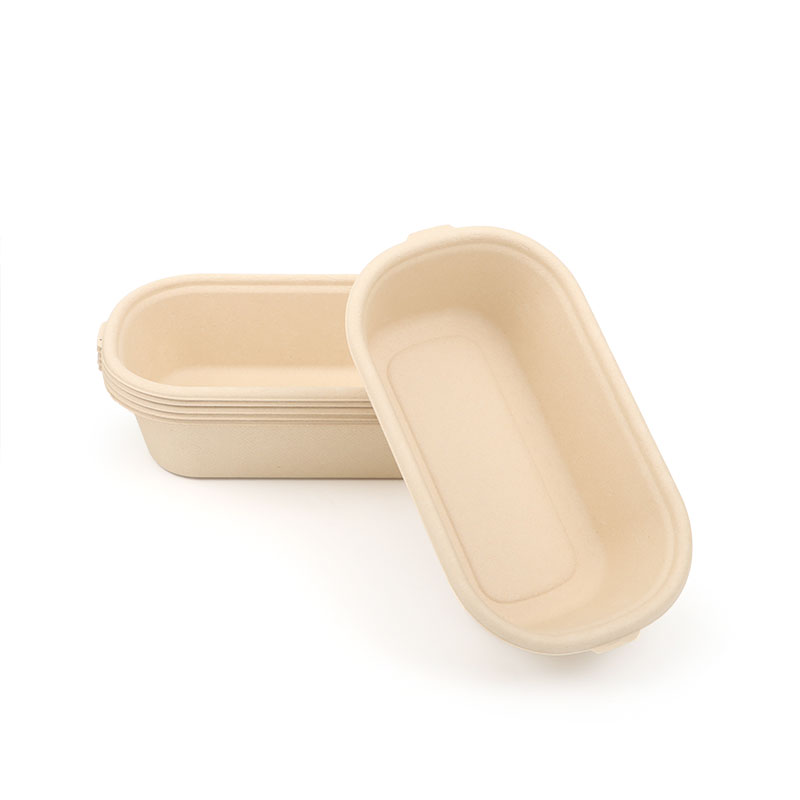 C31-0057-A
C31-0057-A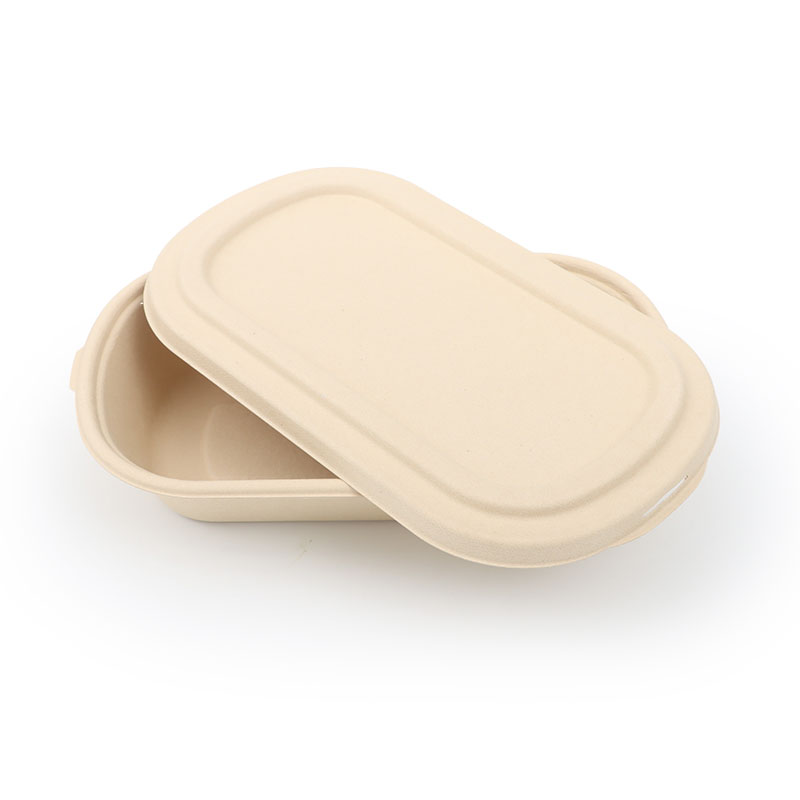 C31-0060-A
C31-0060-A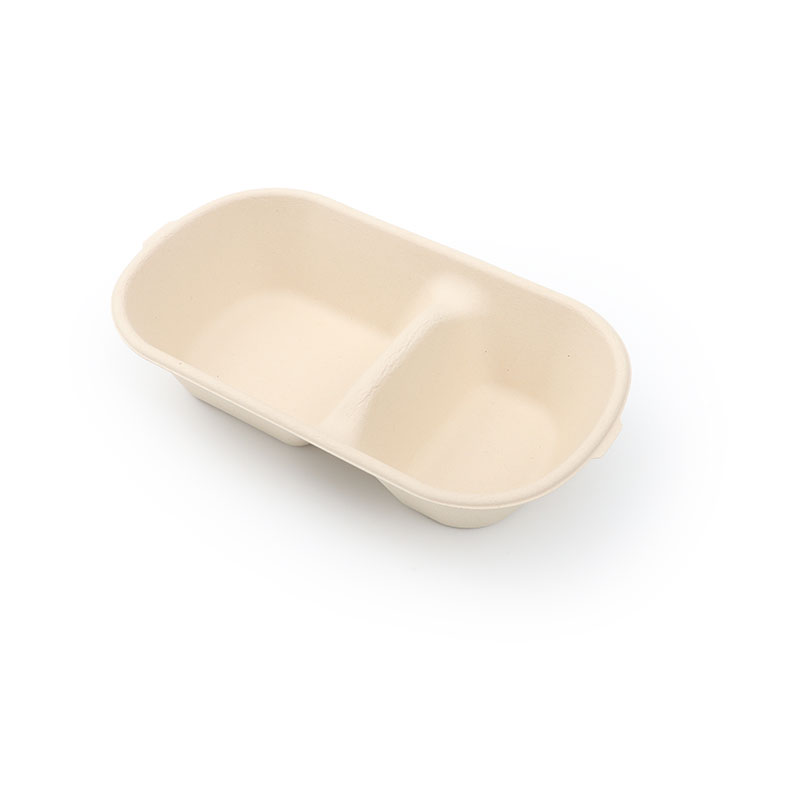 C31-0080-A
C31-0080-A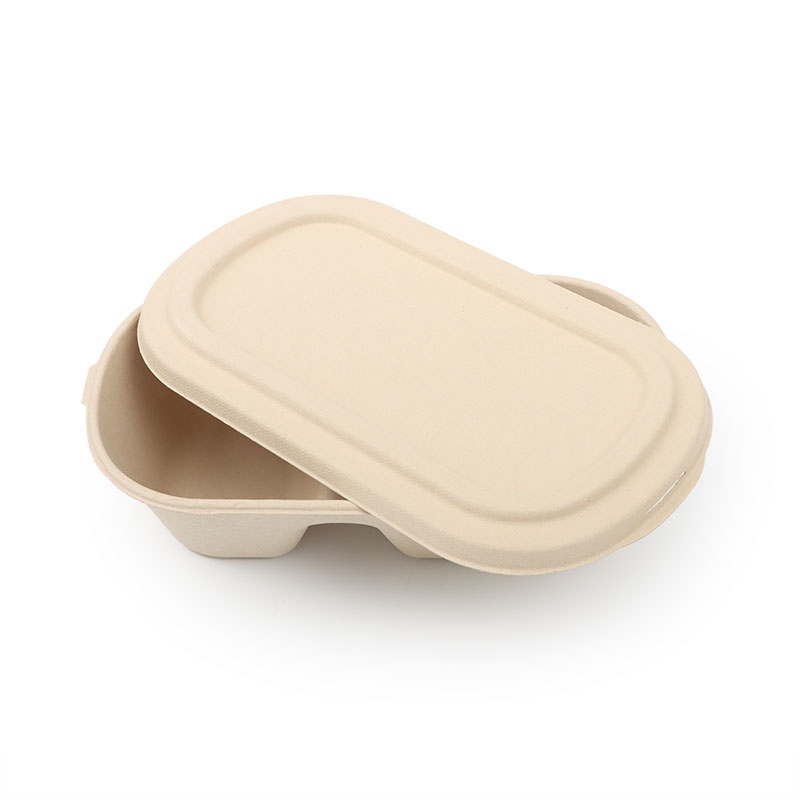 C31-0090-A
C31-0090-A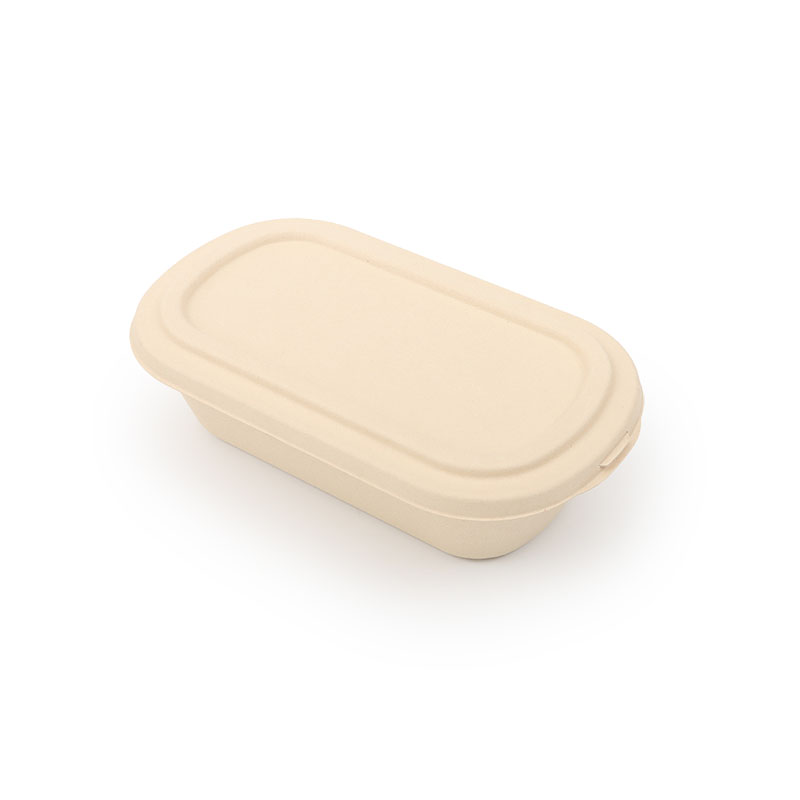 C31-0091-A
C31-0091-A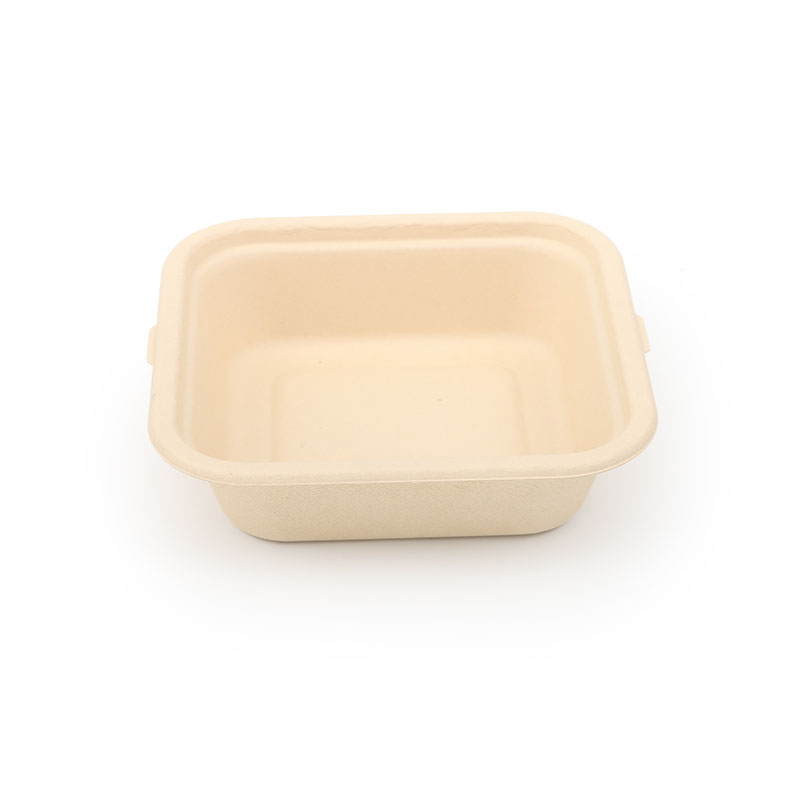 C31-0930-A
C31-0930-A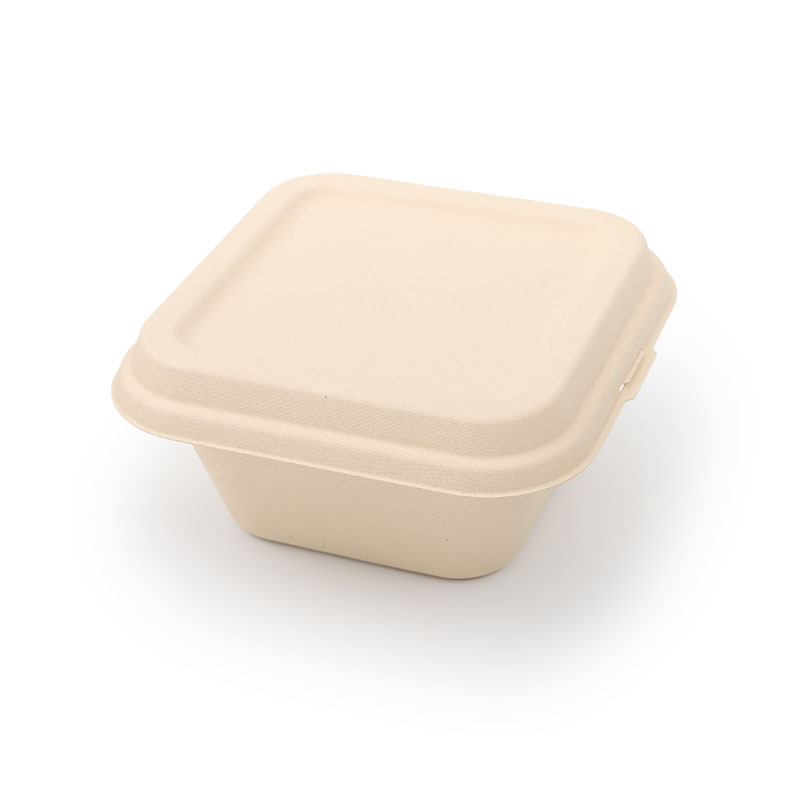 C31-0940-A
C31-0940-A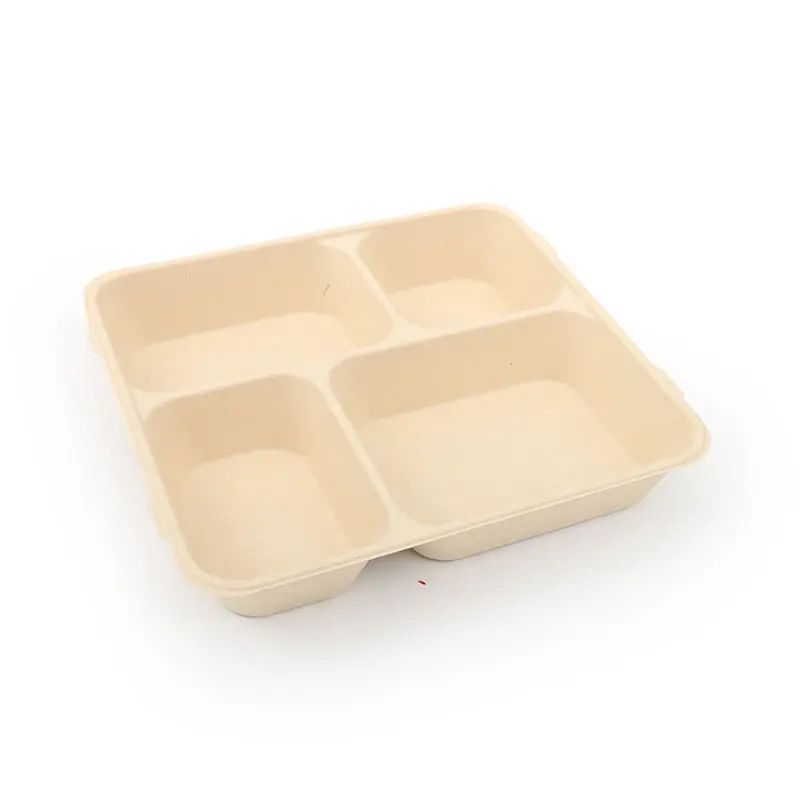 C71-3970-A
C71-3970-A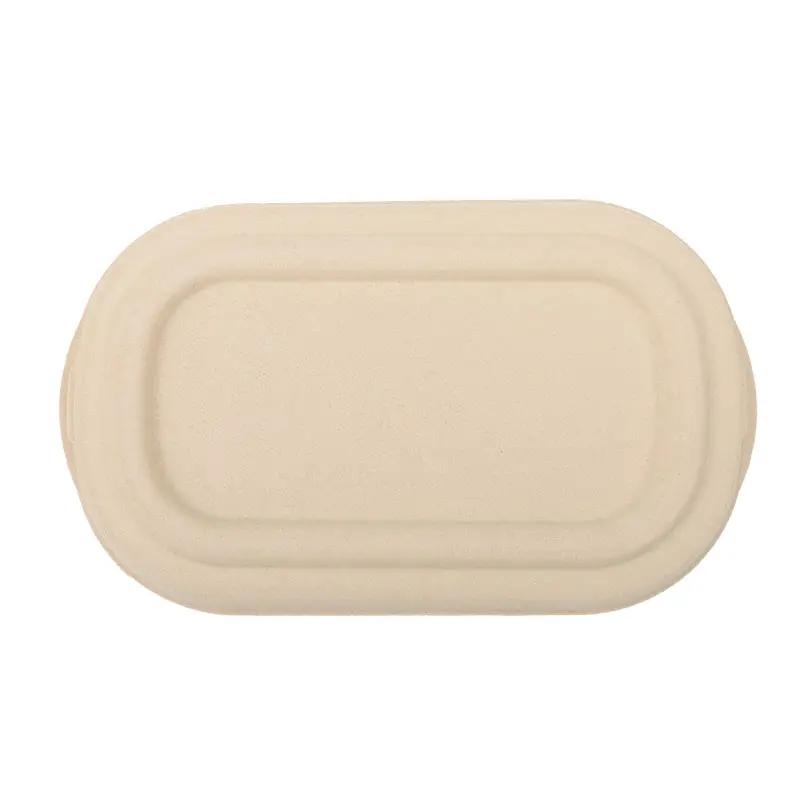 C31-0057-B
C31-0057-B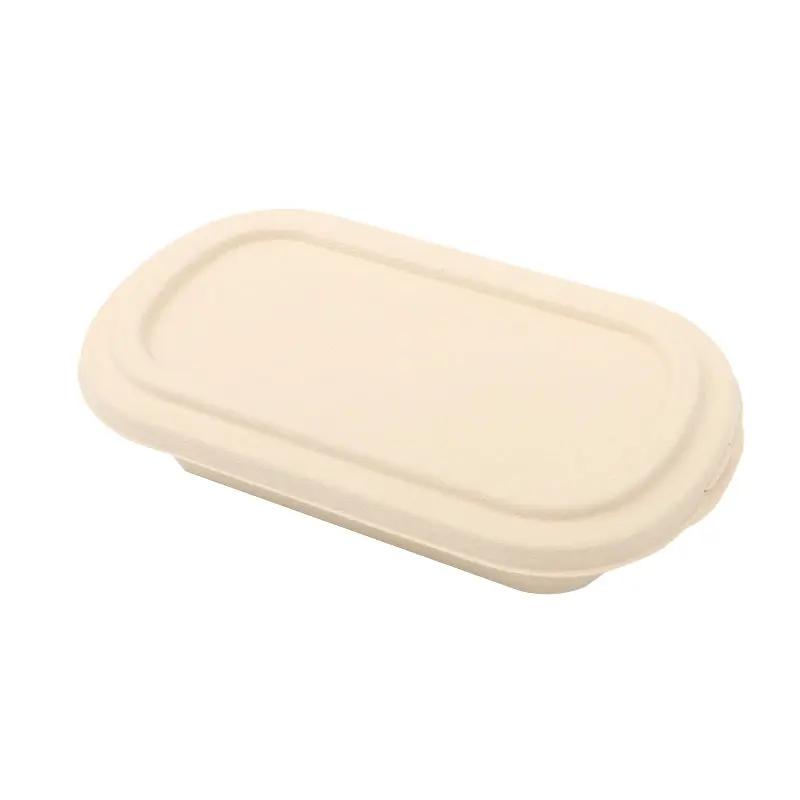 C31-0060-B
C31-0060-B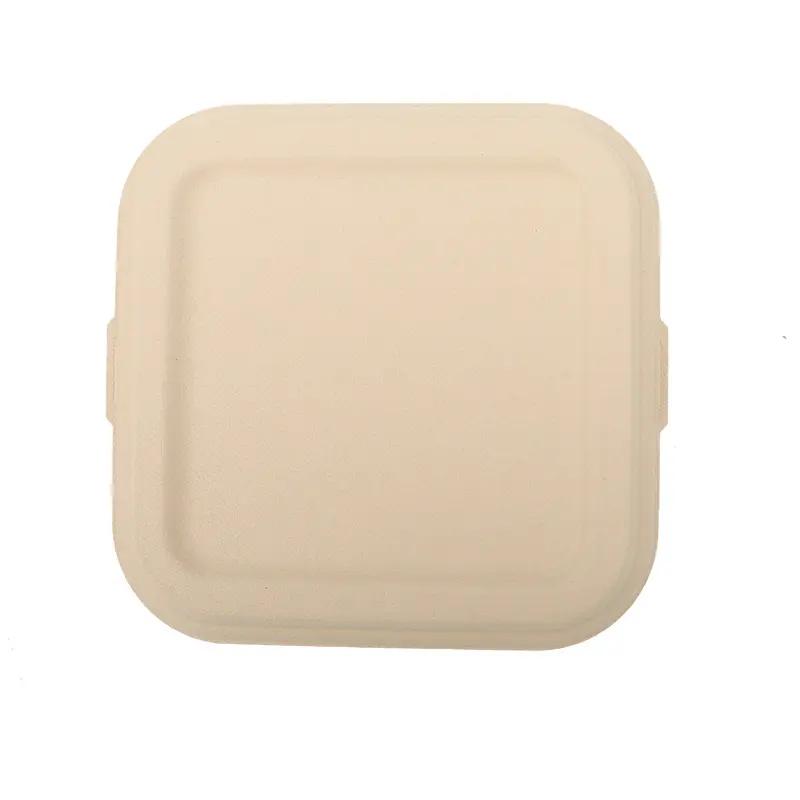 C31-0930-B
C31-0930-B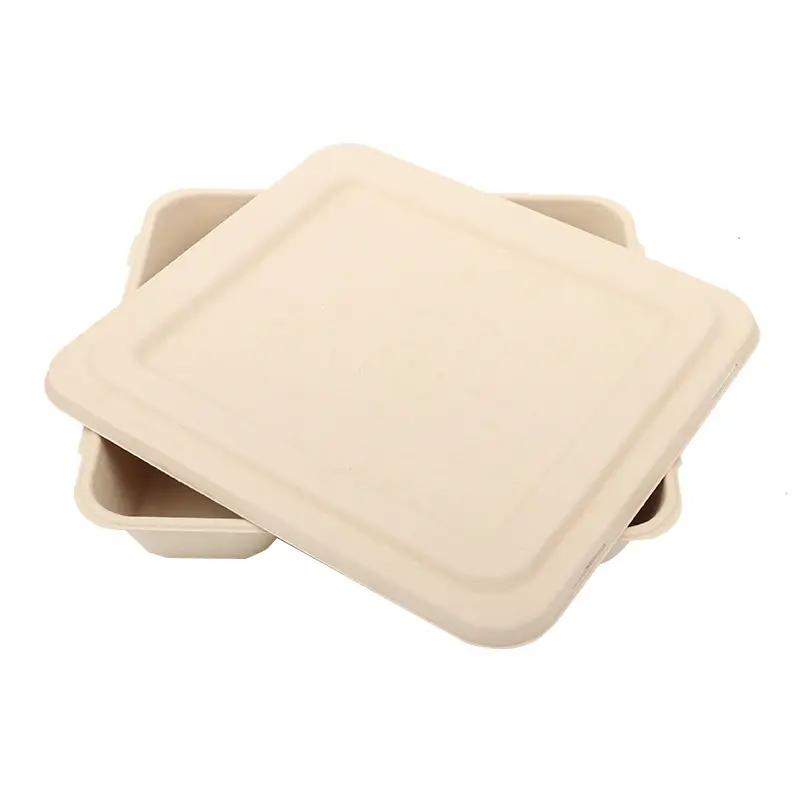 C71-3970-B
C71-3970-B Mult-Part Box
Mult-Part Box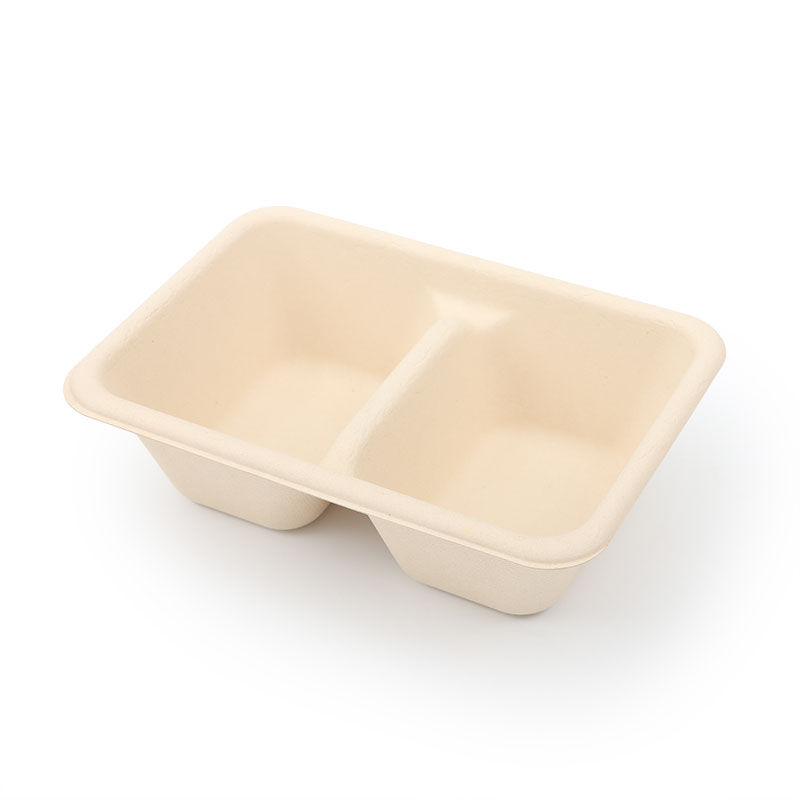 C31-0071-A
C31-0071-A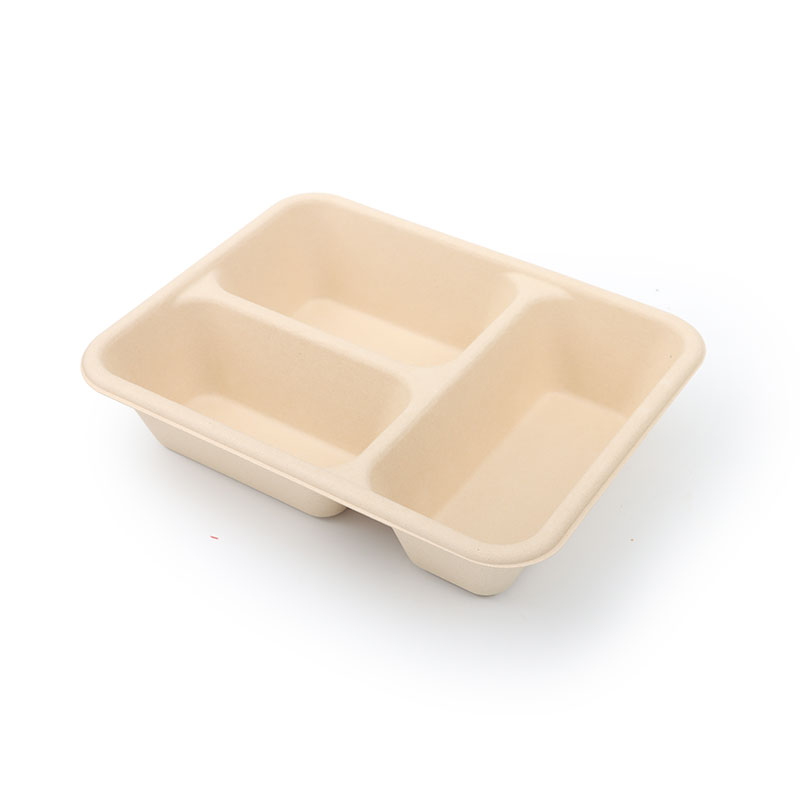 C31-0073-A
C31-0073-A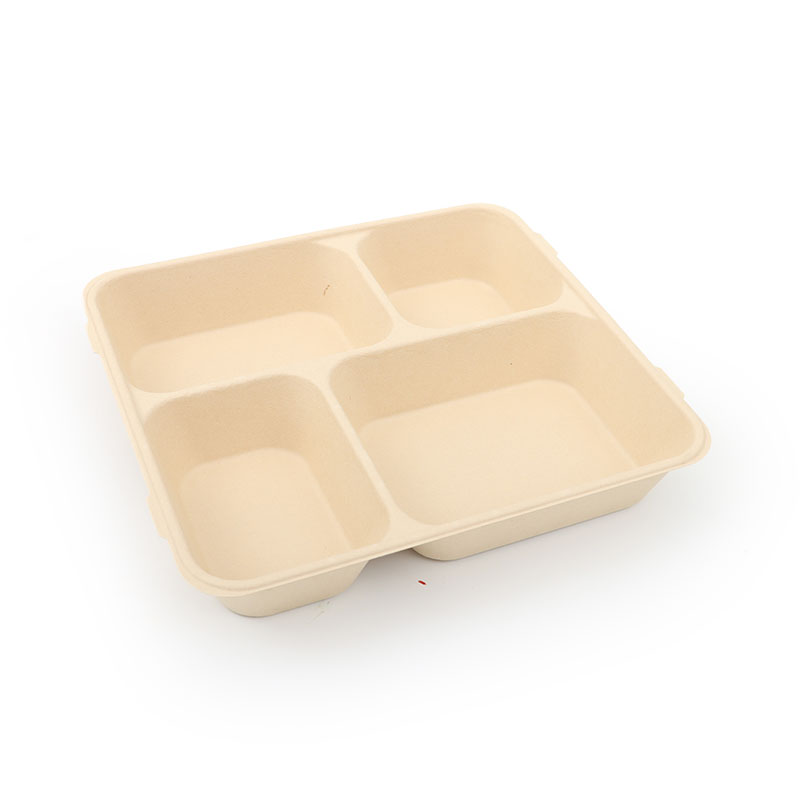 C71-3970-A
C71-3970-A C71-3980A
C71-3980A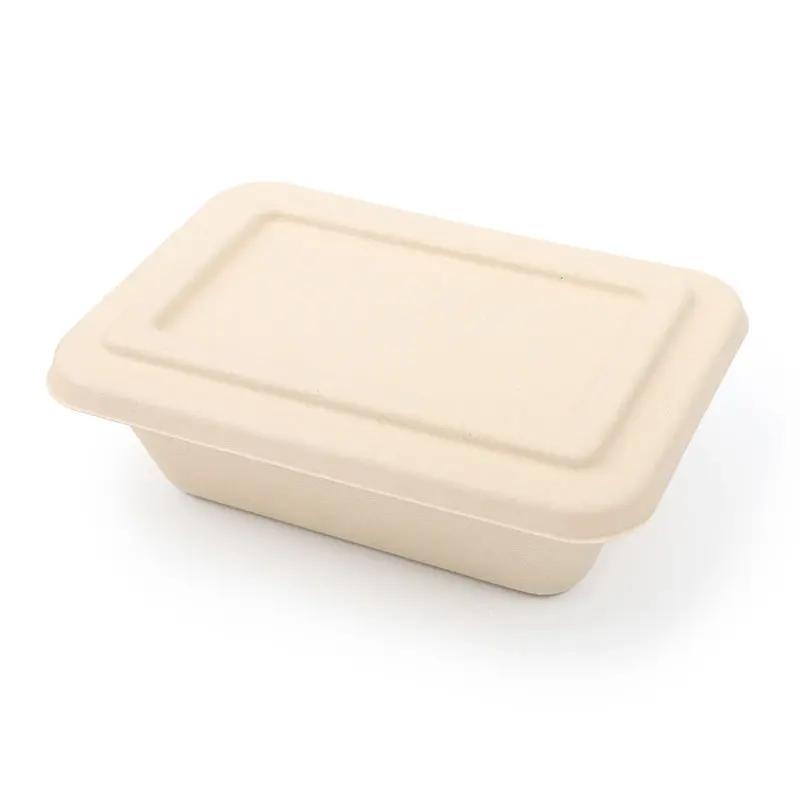 C31-0070-B
C31-0070-B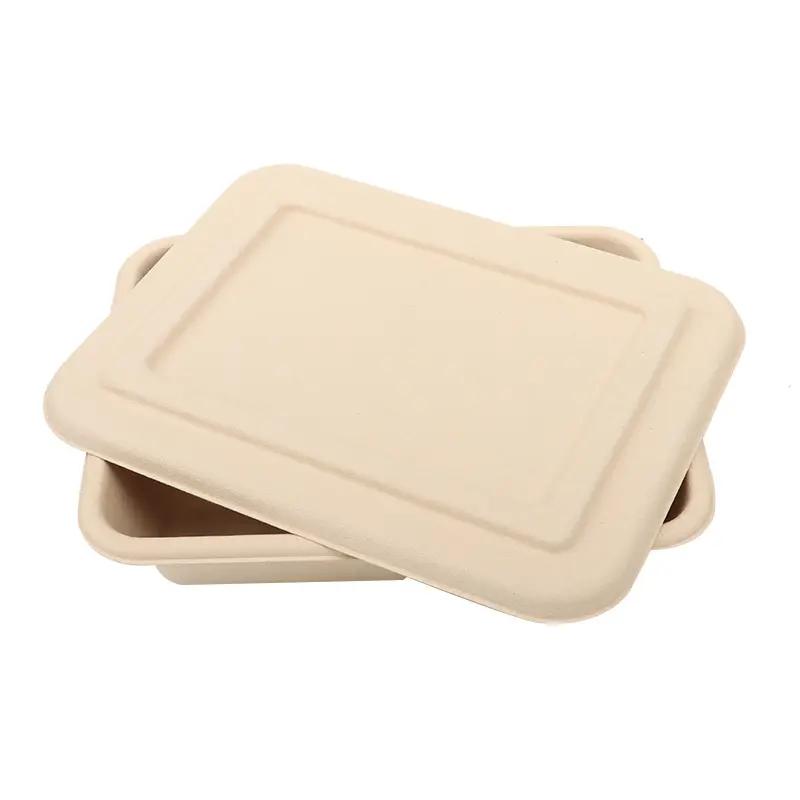 C31-0073-B
C31-0073-B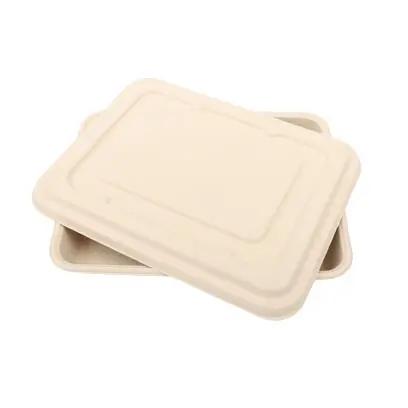 C71-3980-B
C71-3980-B Square Box
Square Box Box Without T buckle
Box Without T buckle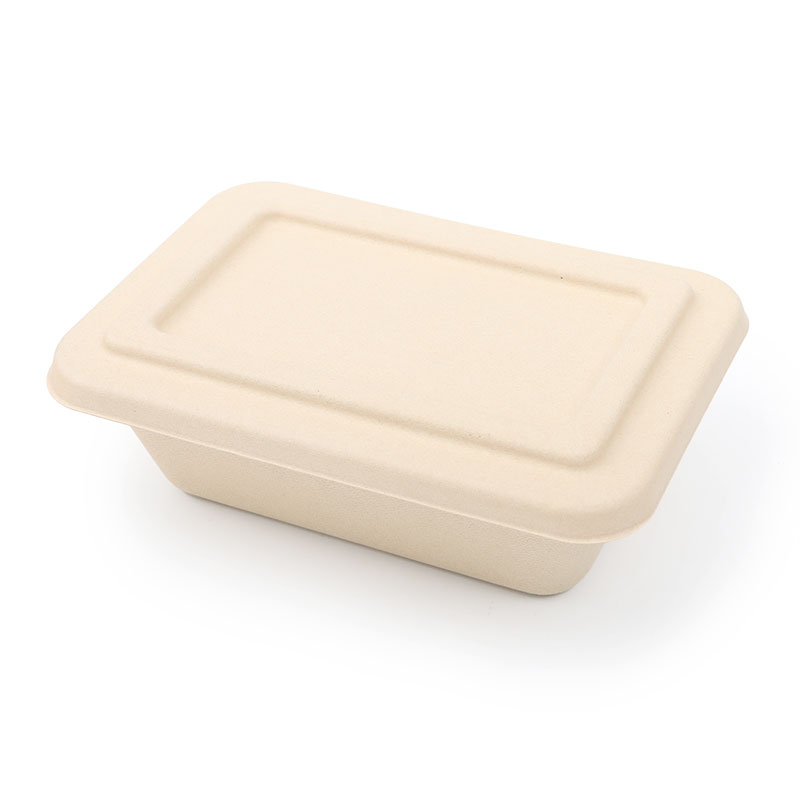 C31-0070-A
C31-0070-A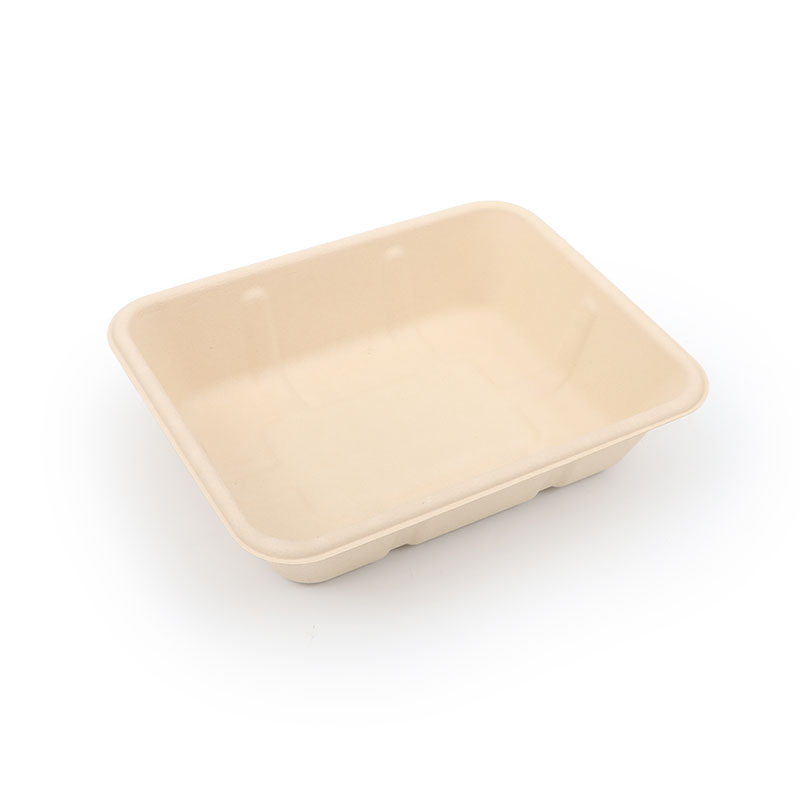 C31-0075-A
C31-0075-A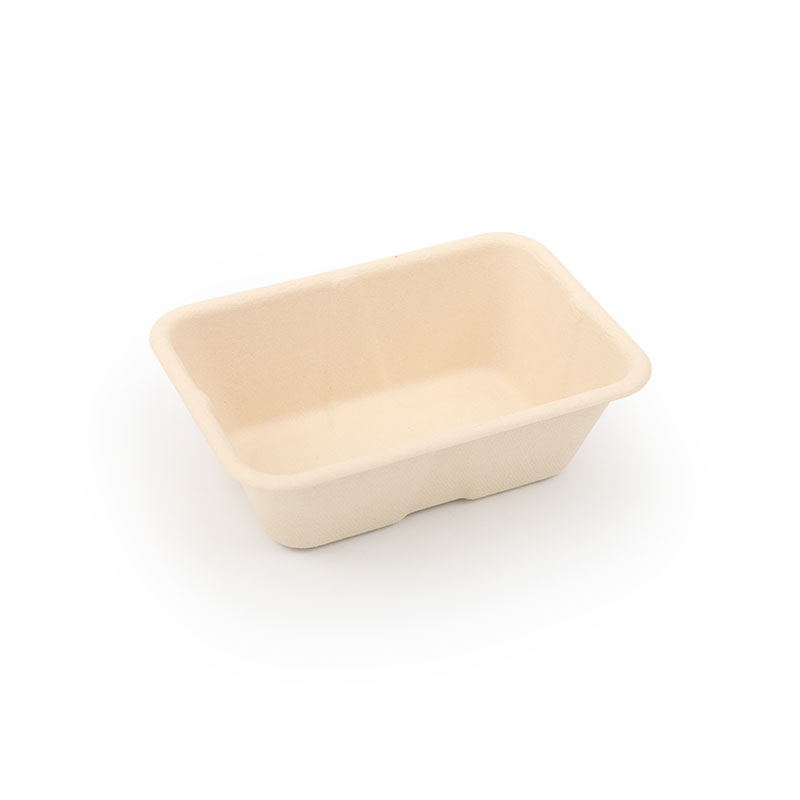 C31-2890-A
C31-2890-A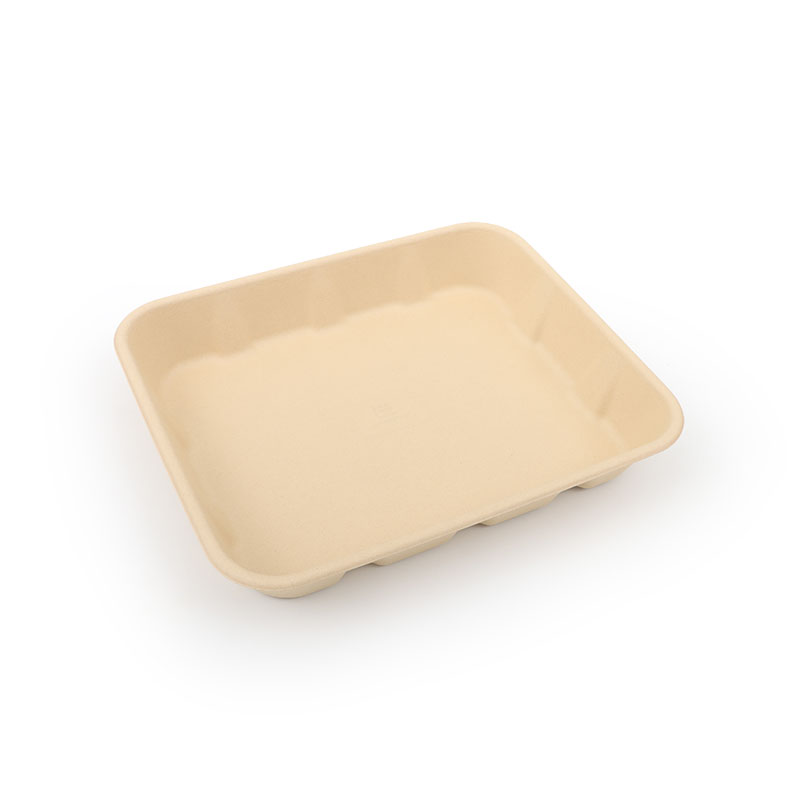 C31-3130-A
C31-3130-A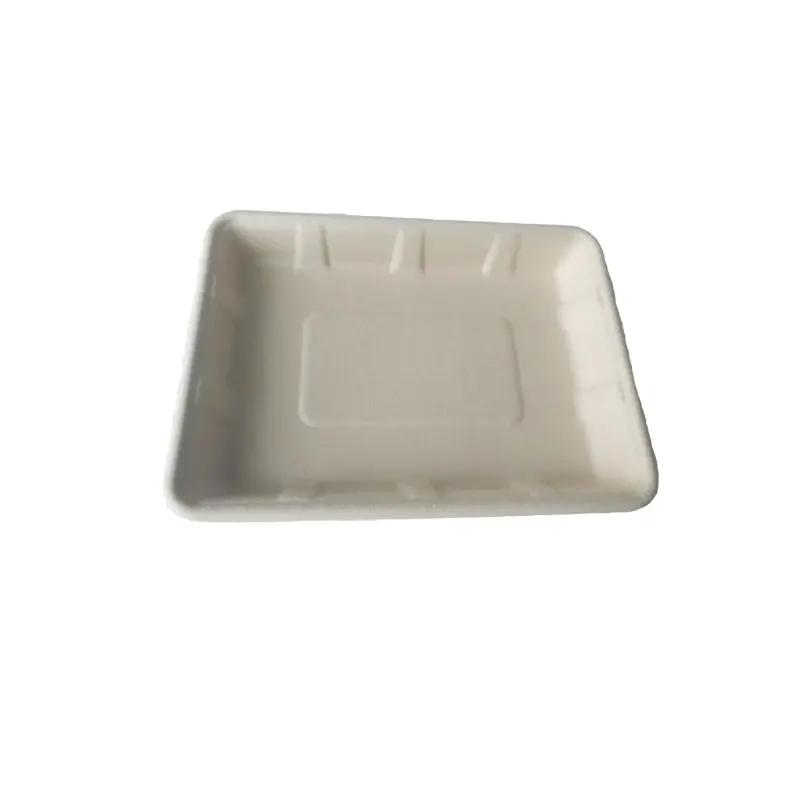 C71-4300-A
C71-4300-A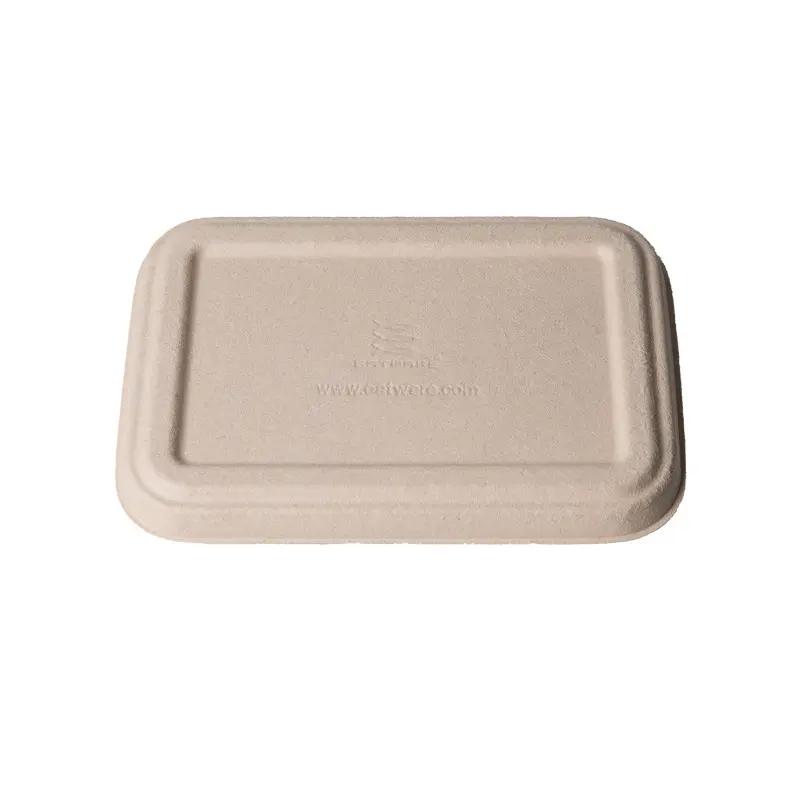 C31-2890-B
C31-2890-B One Part Box
One Part Box C31-0950-A
C31-0950-A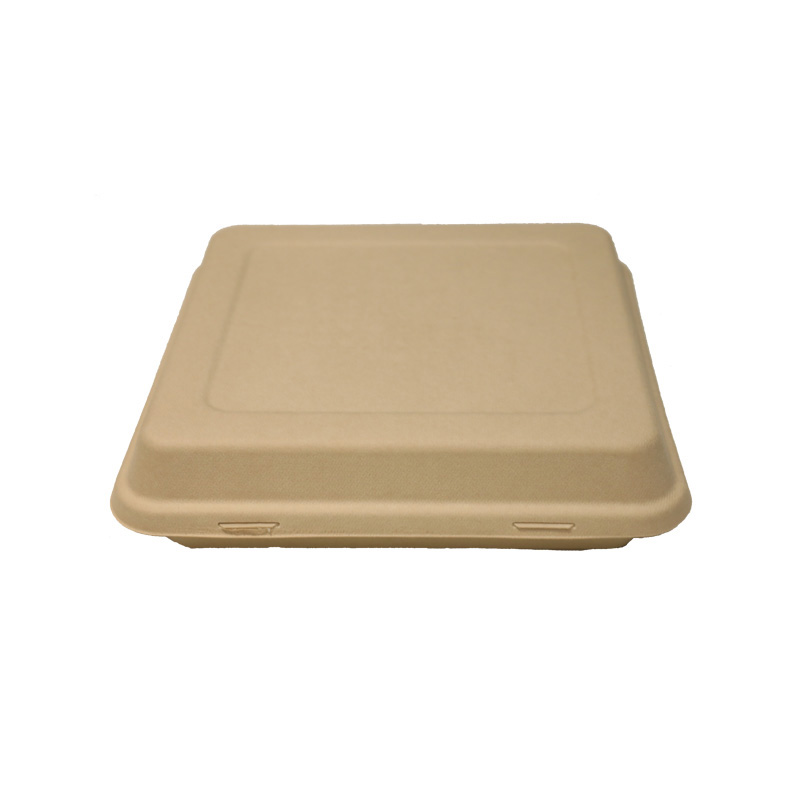 C31-0950-B
C31-0950-B Cake Bread Snack Tray Series
Cake Bread Snack Tray Series C71-0020-A
C71-0020-A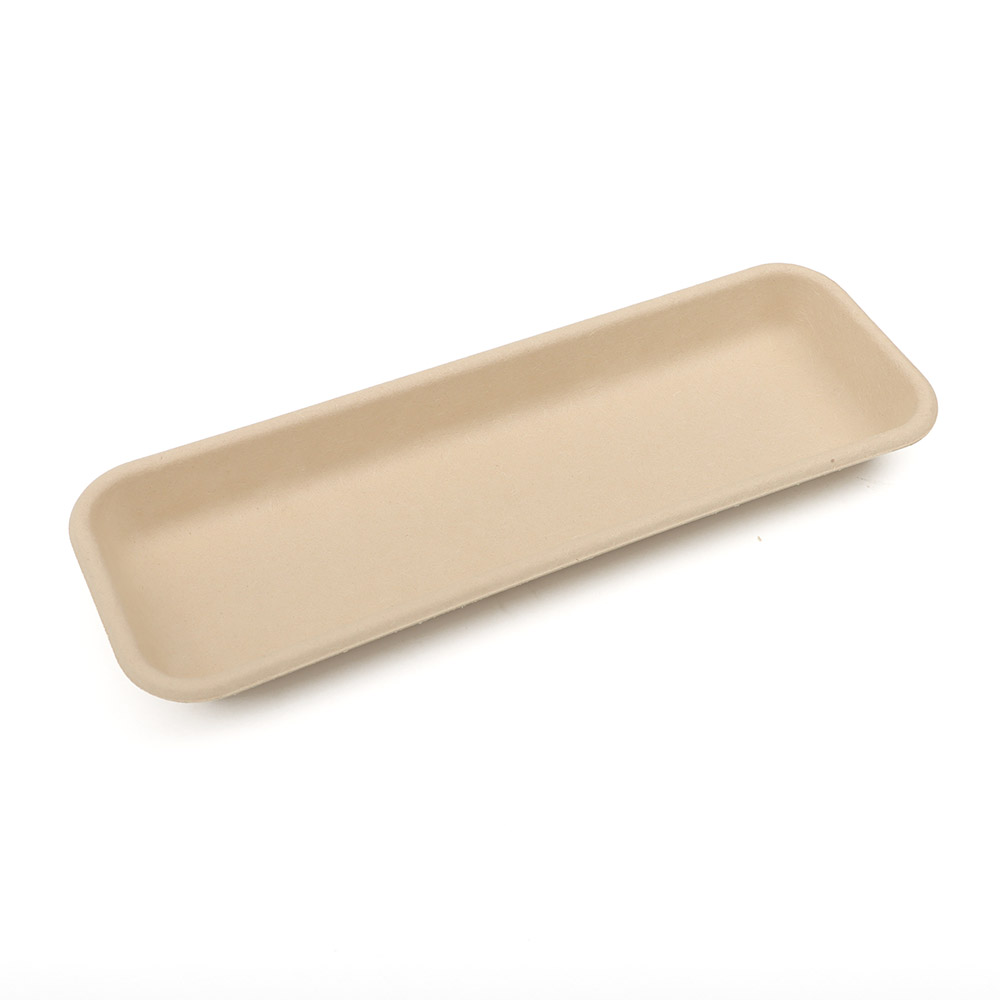 C71-0100-A
C71-0100-A C71-0380-A
C71-0380-A Fruit And Vegetable Tray Series
Fruit And Vegetable Tray Series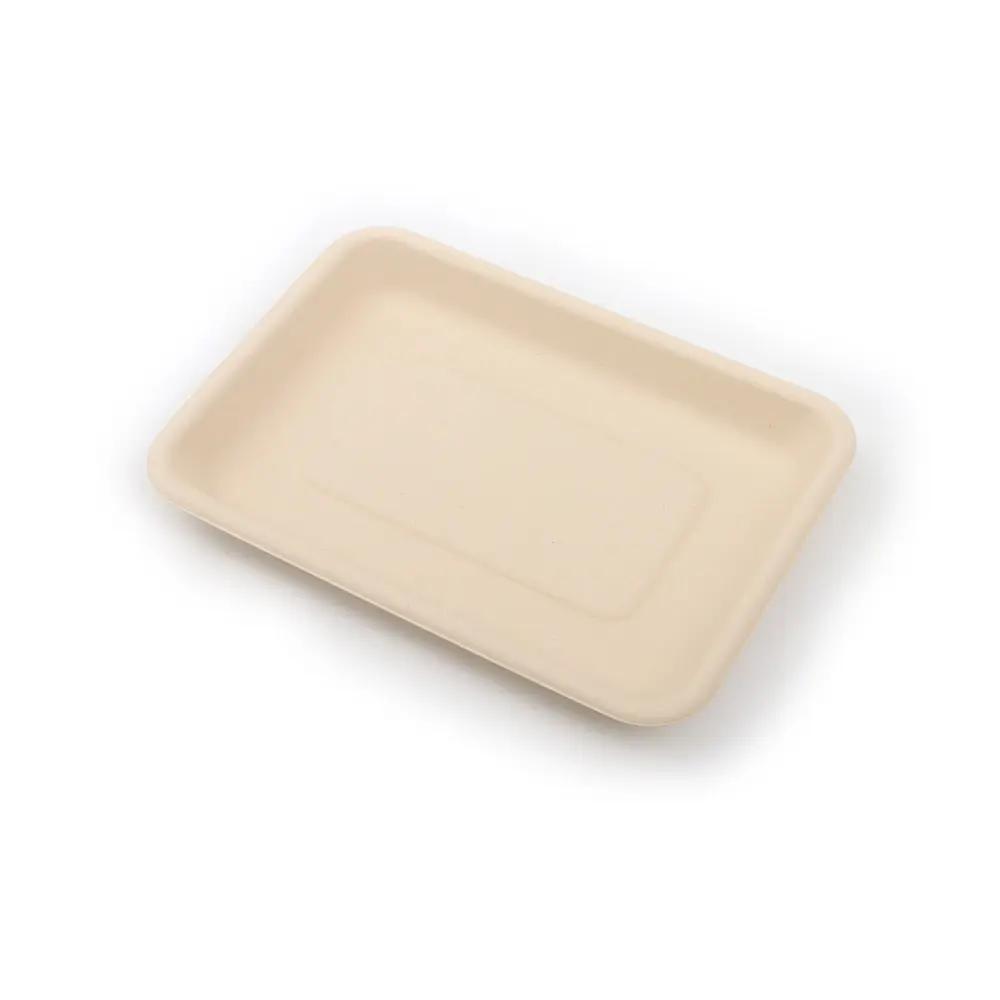 C71-0490-A
C71-0490-A Sushi Tray Series
Sushi Tray Series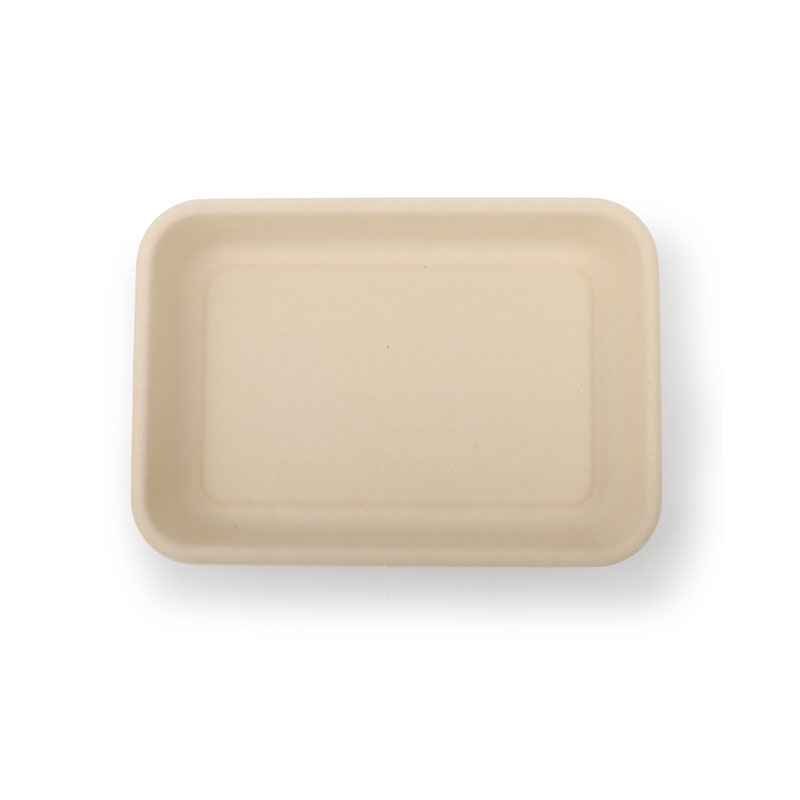 C71-2930-A
C71-2930-A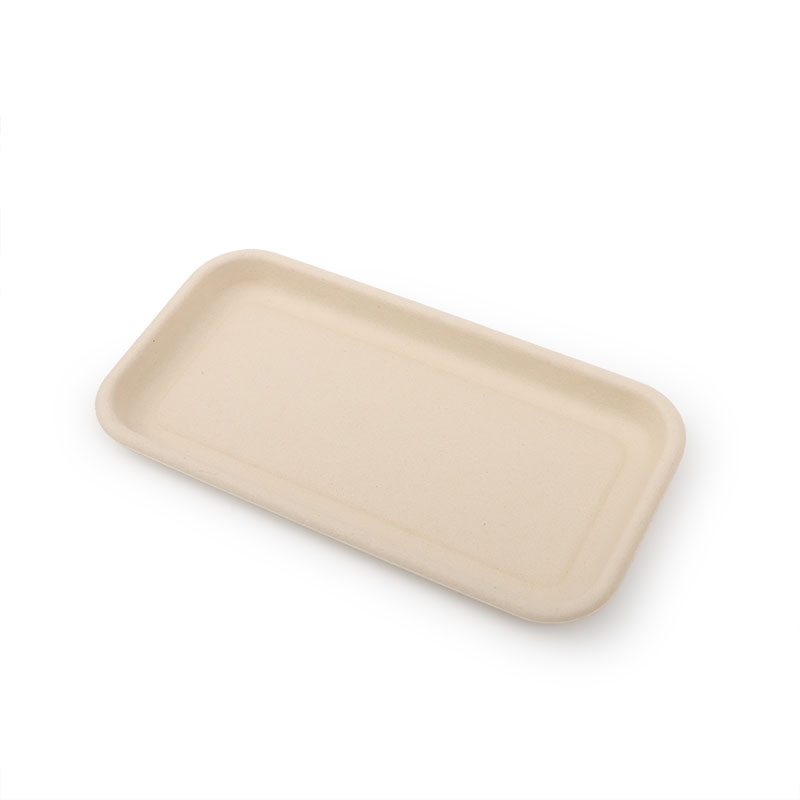 C71-2940-A
C71-2940-A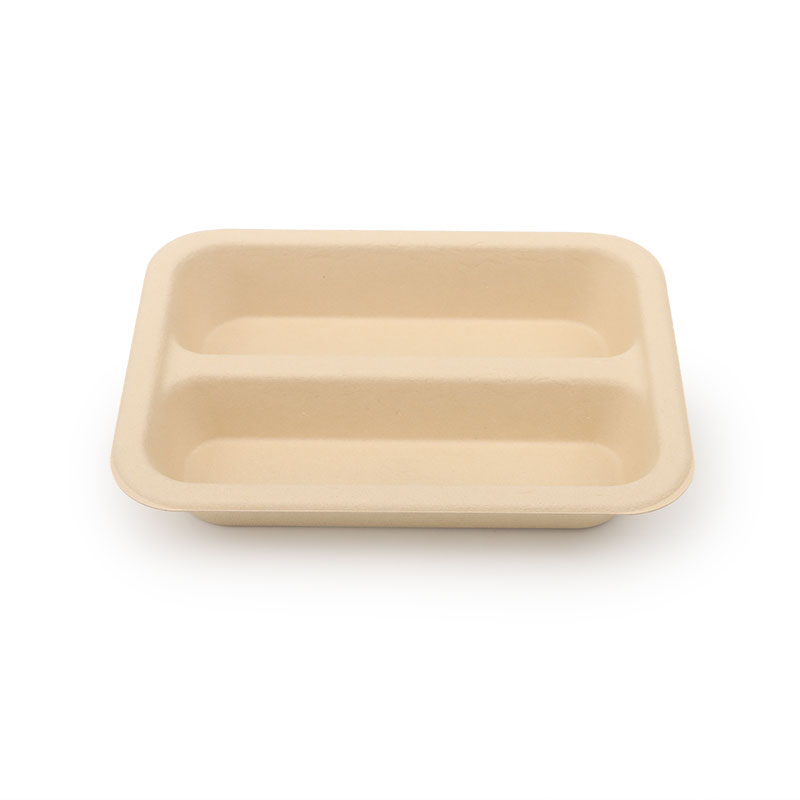 C71-2990-A
C71-2990-A Small Round Plate Series
Small Round Plate Series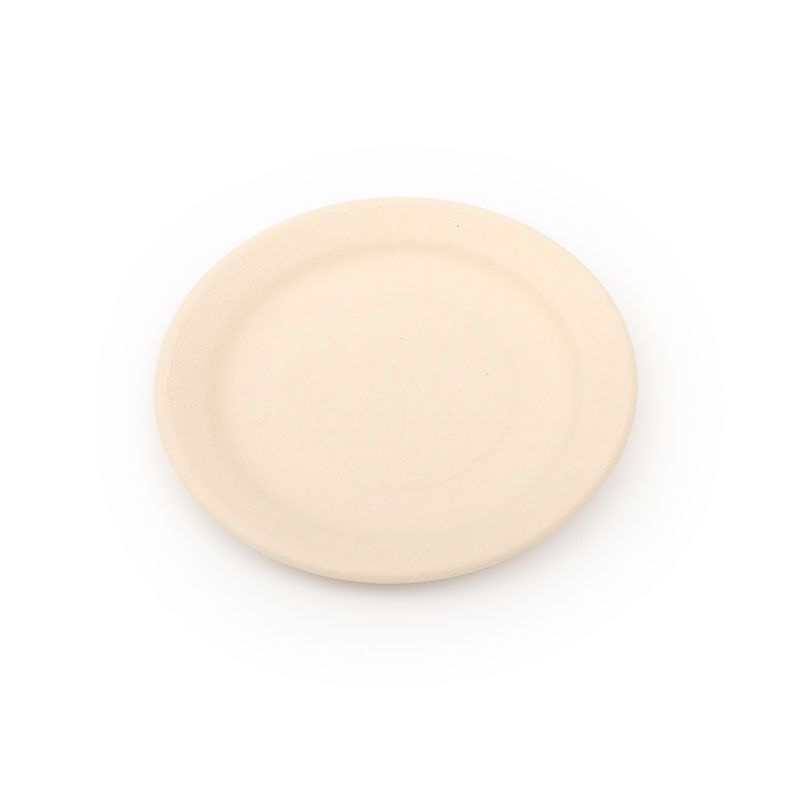 C51-0030-A
C51-0030-A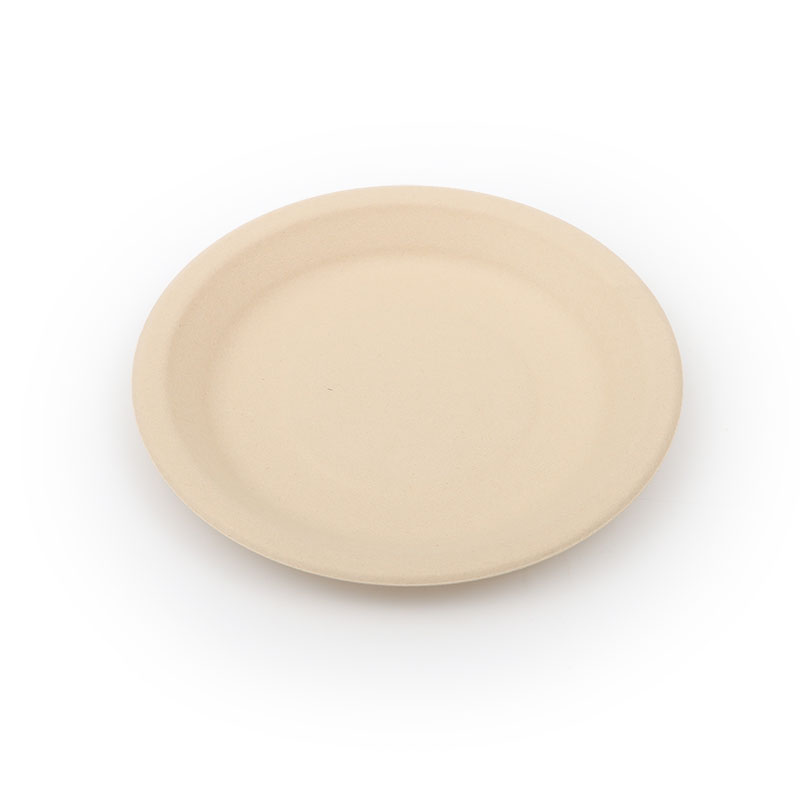 C51-0850-A
C51-0850-A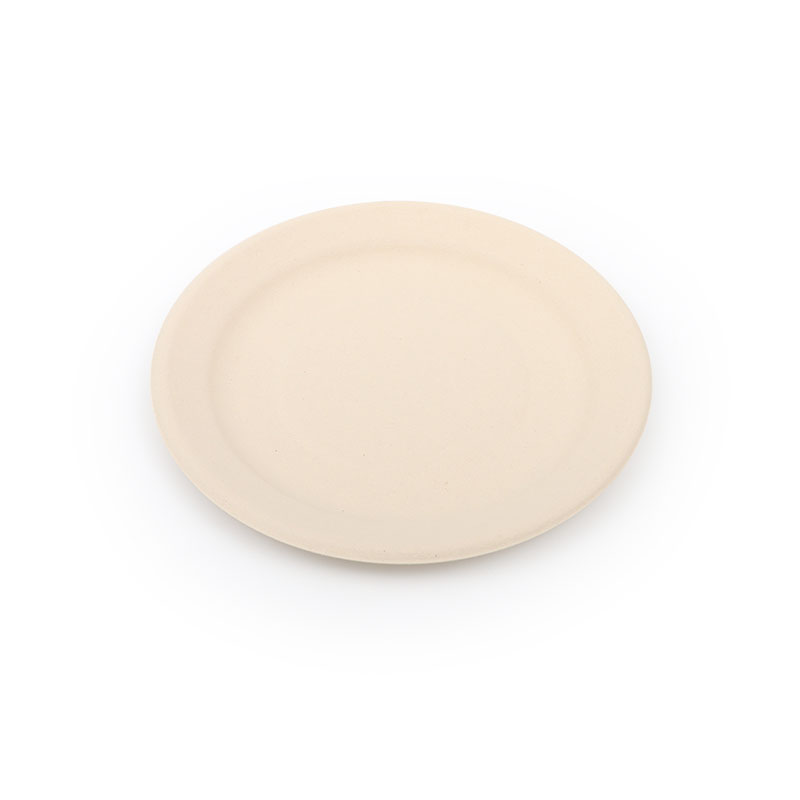 C51-0031-A
C51-0031-A Middle Round Plate Series
Middle Round Plate Series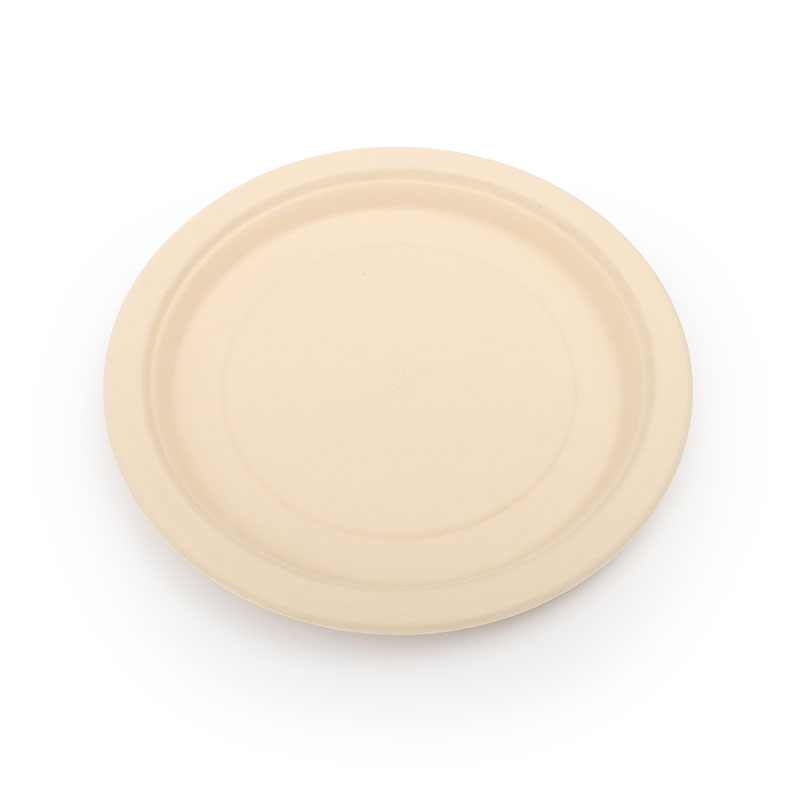 C51-0250-A
C51-0250-A Big Round Plate Series
Big Round Plate Series C51-1790-A
C51-1790-A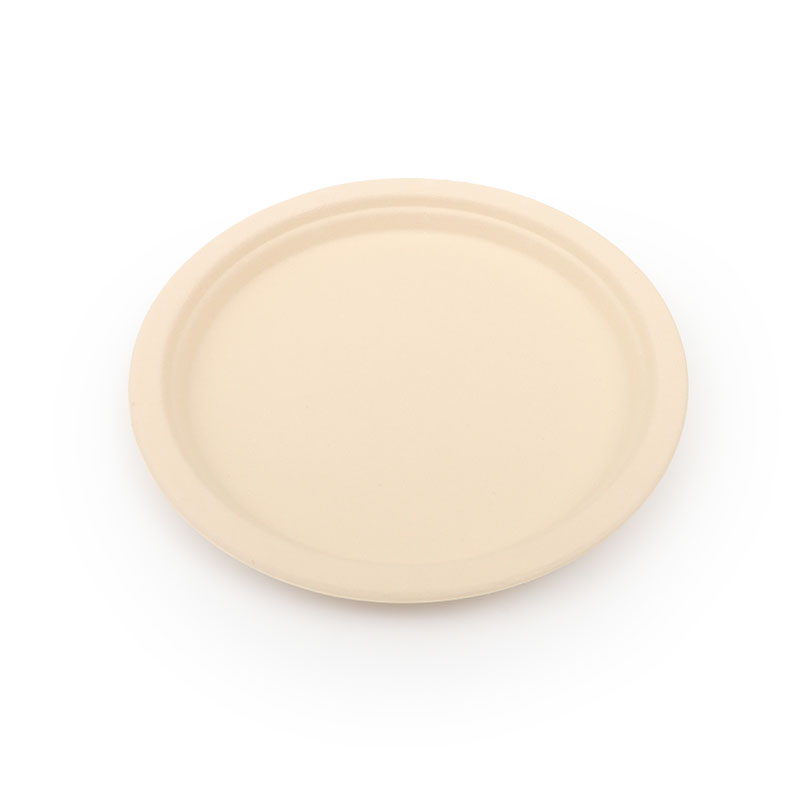 C51-1740-A
C51-1740-A C51-0621-A
C51-0621-A Bigger Bowl
Bigger Bowl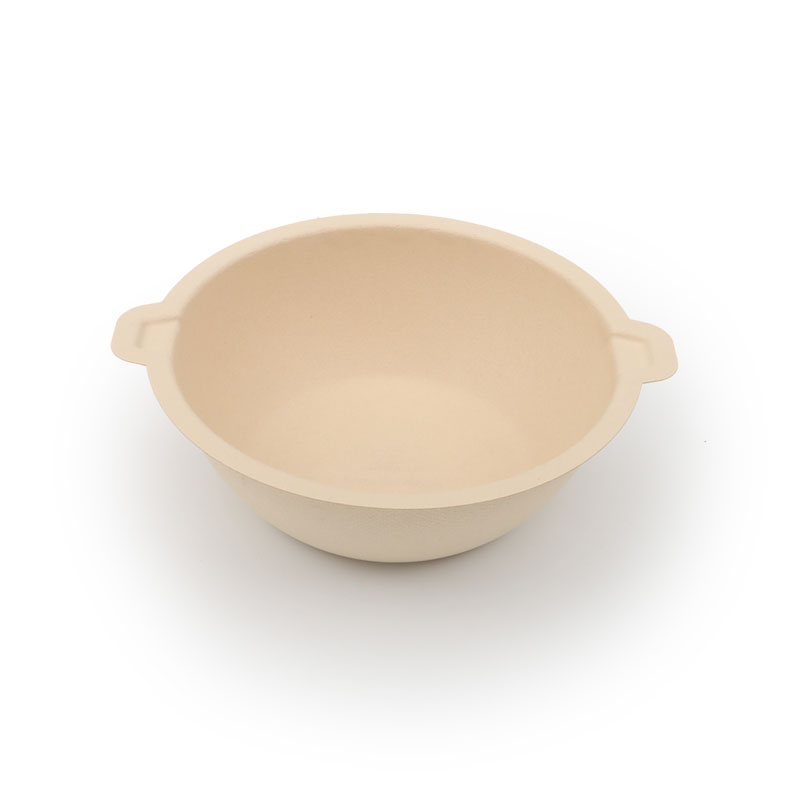 C11-2020-A
C11-2020-A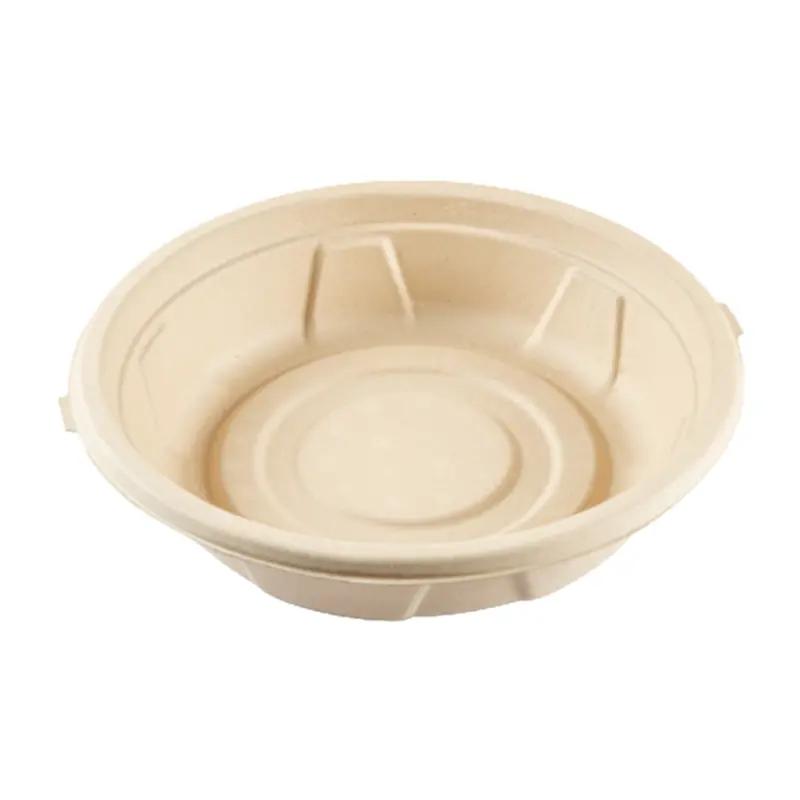 C11-2021-A
C11-2021-A C11-2022-A
C11-2022-A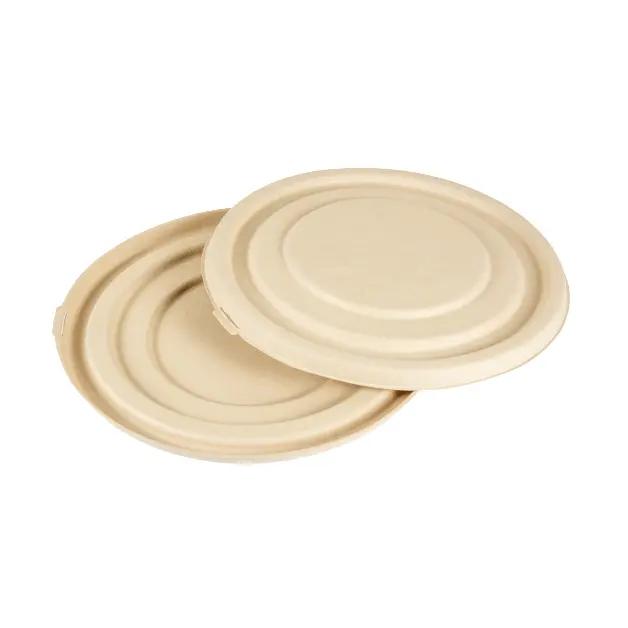 C11-2022-B
C11-2022-B Middle Bowl
Middle Bowl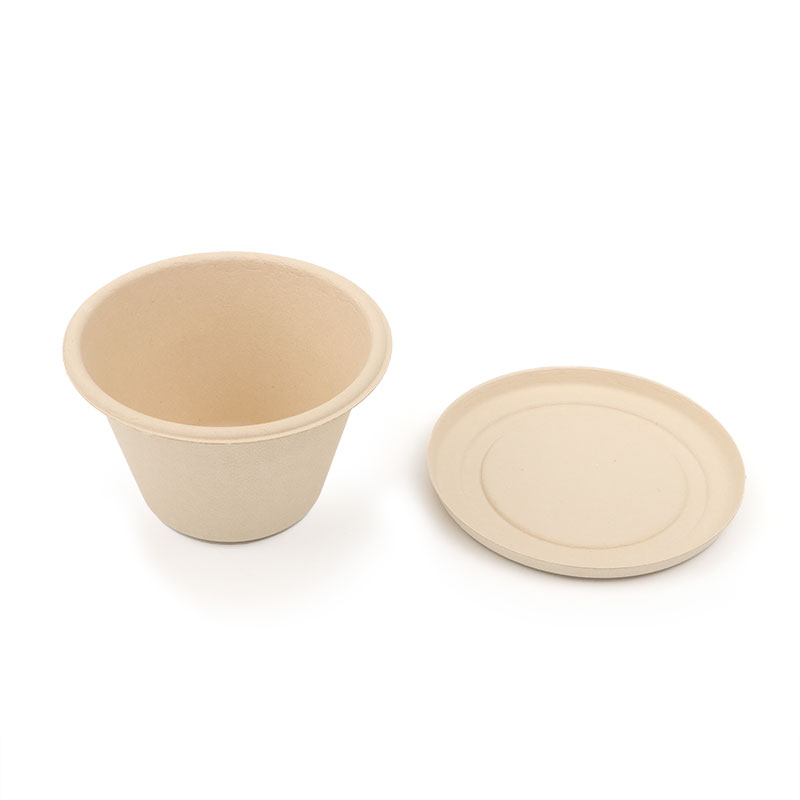 C11-0040-A
C11-0040-A C11-1430-A
C11-1430-A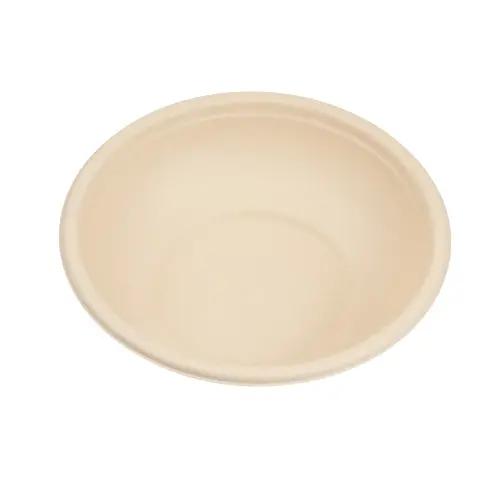 C11-2015-A
C11-2015-A C11-2016-A
C11-2016-A C11-0040-B
C11-0040-B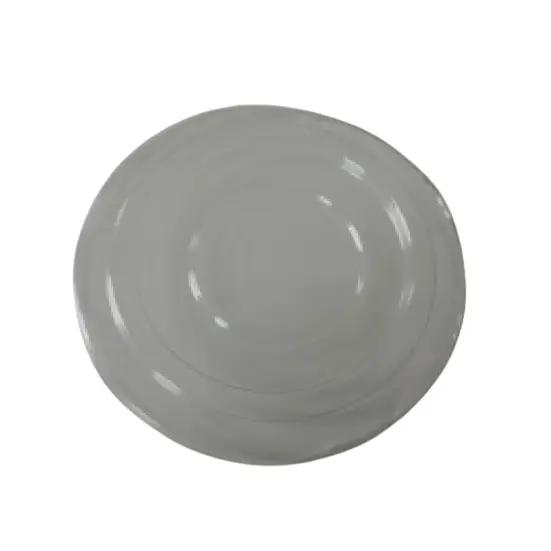 C11-0040-B - PET
C11-0040-B - PET C11-1430-B
C11-1430-B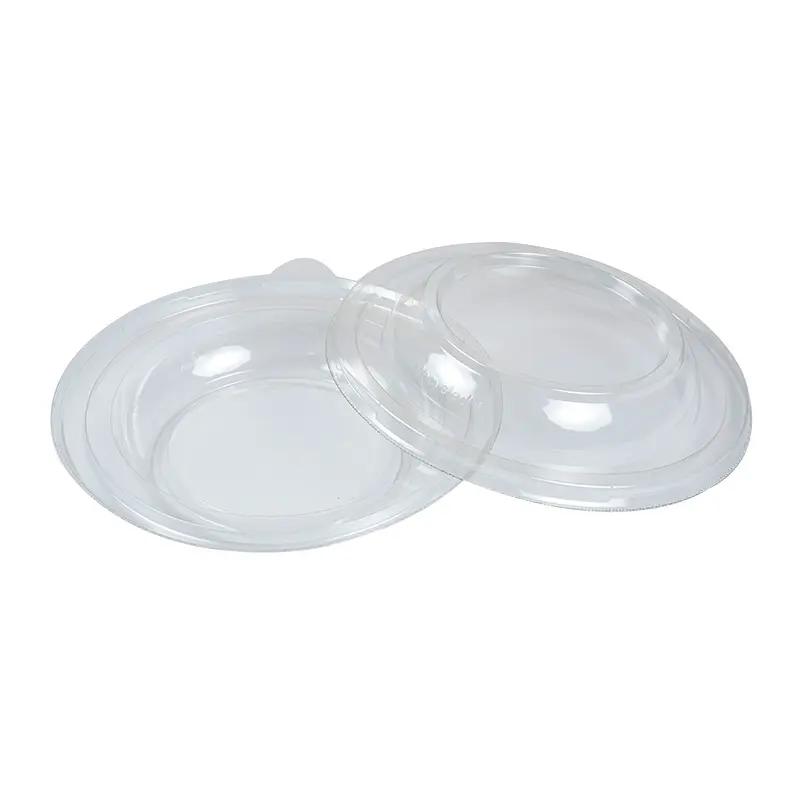 C11-2015-B-PET
C11-2015-B-PET Small Bowl
Small Bowl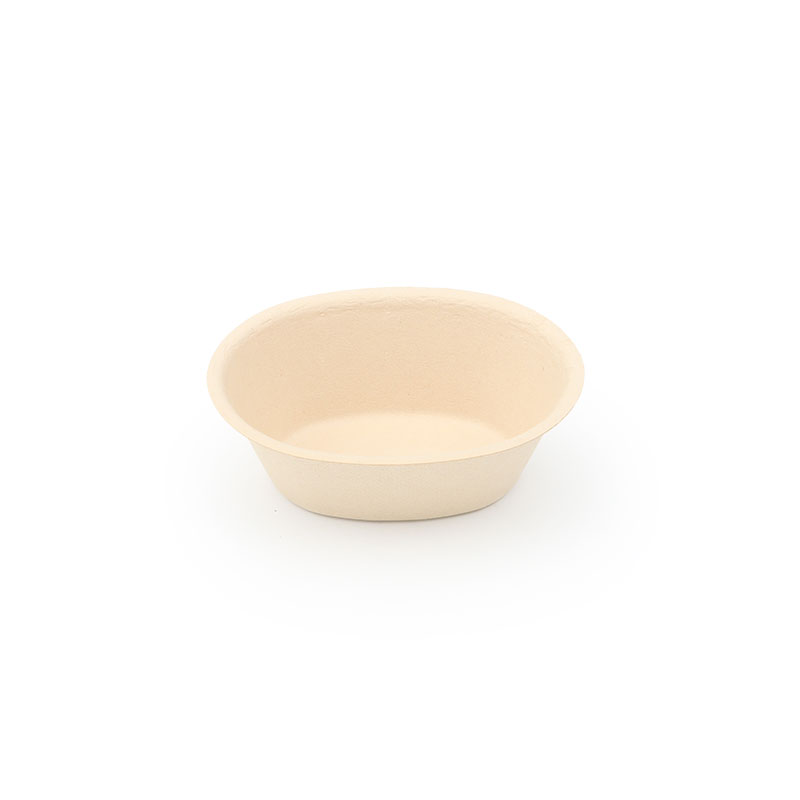 C11-0050-A
C11-0050-A C11-1420-A
C11-1420-A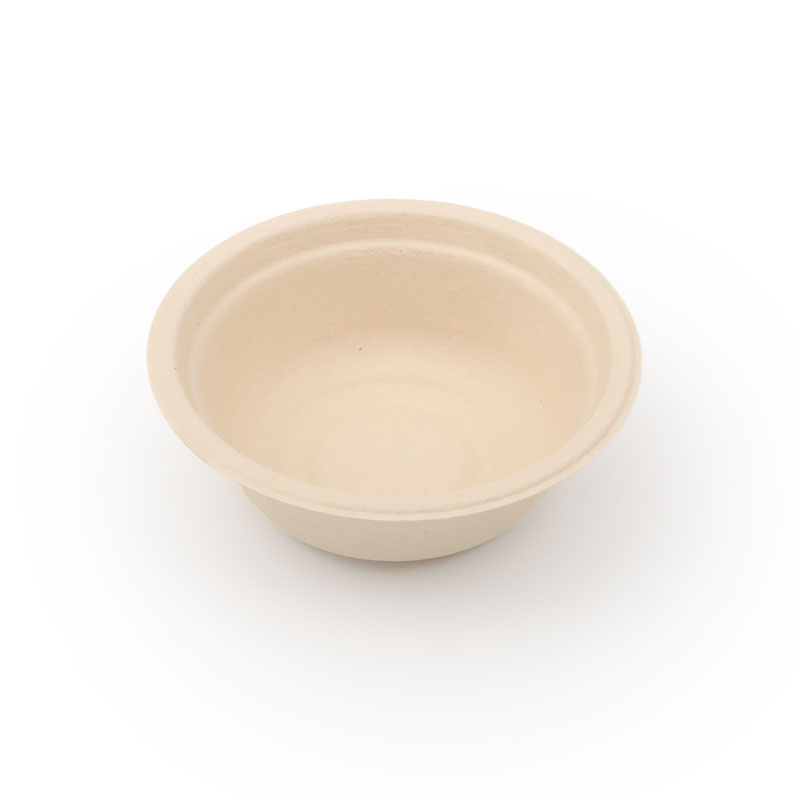 C11-1421-A
C11-1421-A C11-1422-A
C11-1422-A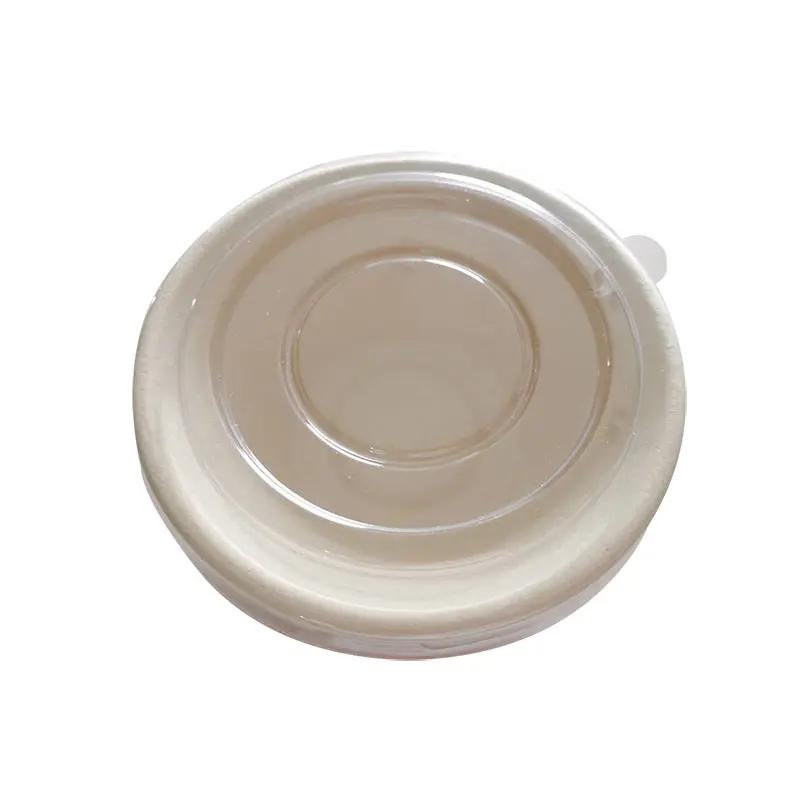 C11-1422-B
C11-1422-B Bagasse Lunch Boxes
Bagasse Lunch Boxes G71-3982A
G71-3982A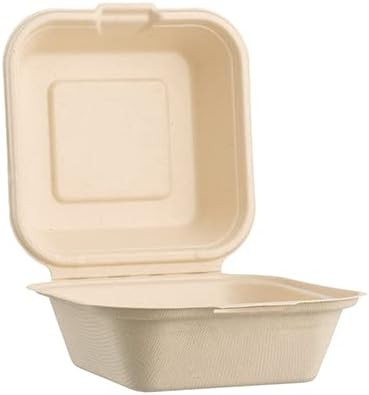 G22-0061A
G22-0061A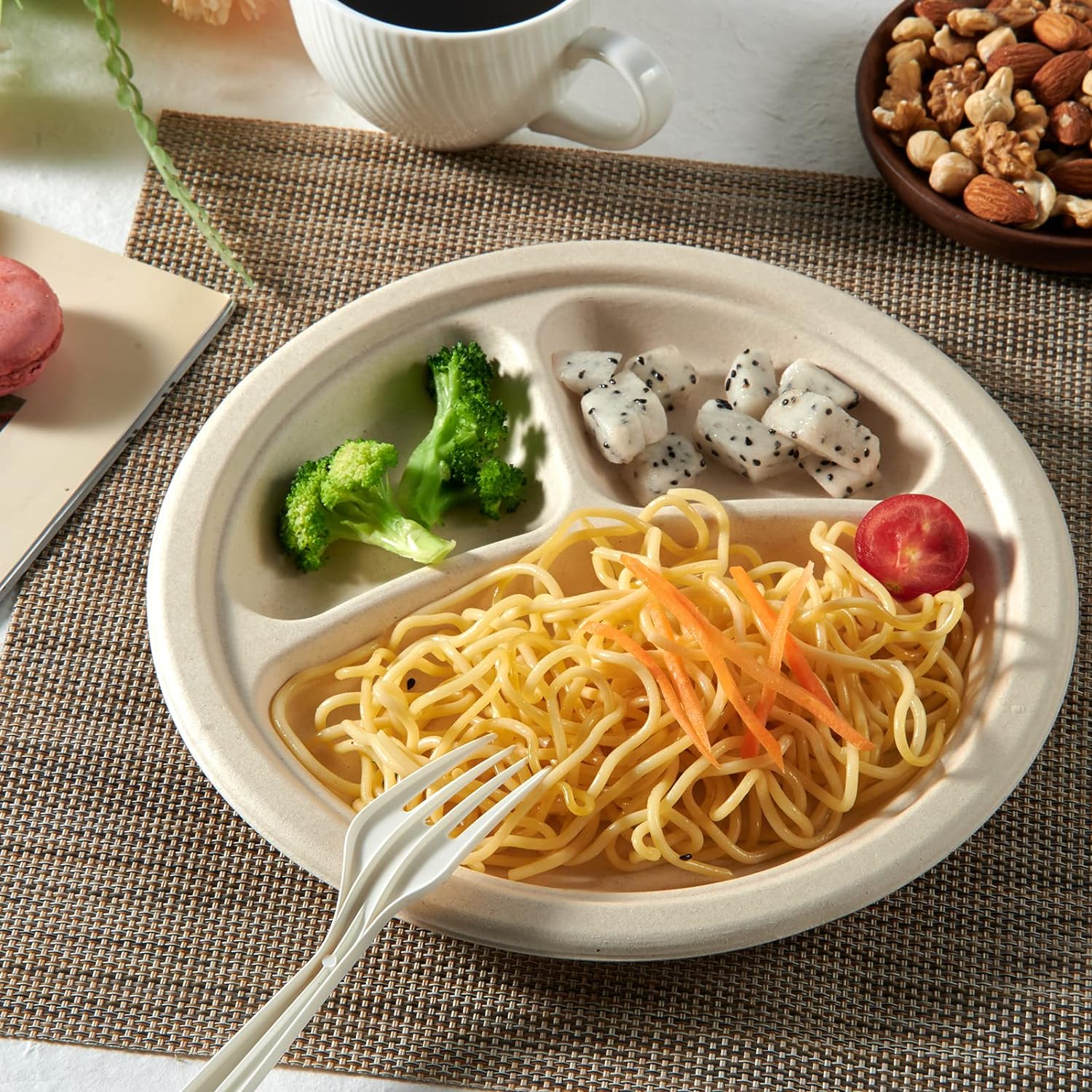 Bagasse Food Plates
Bagasse Food Plates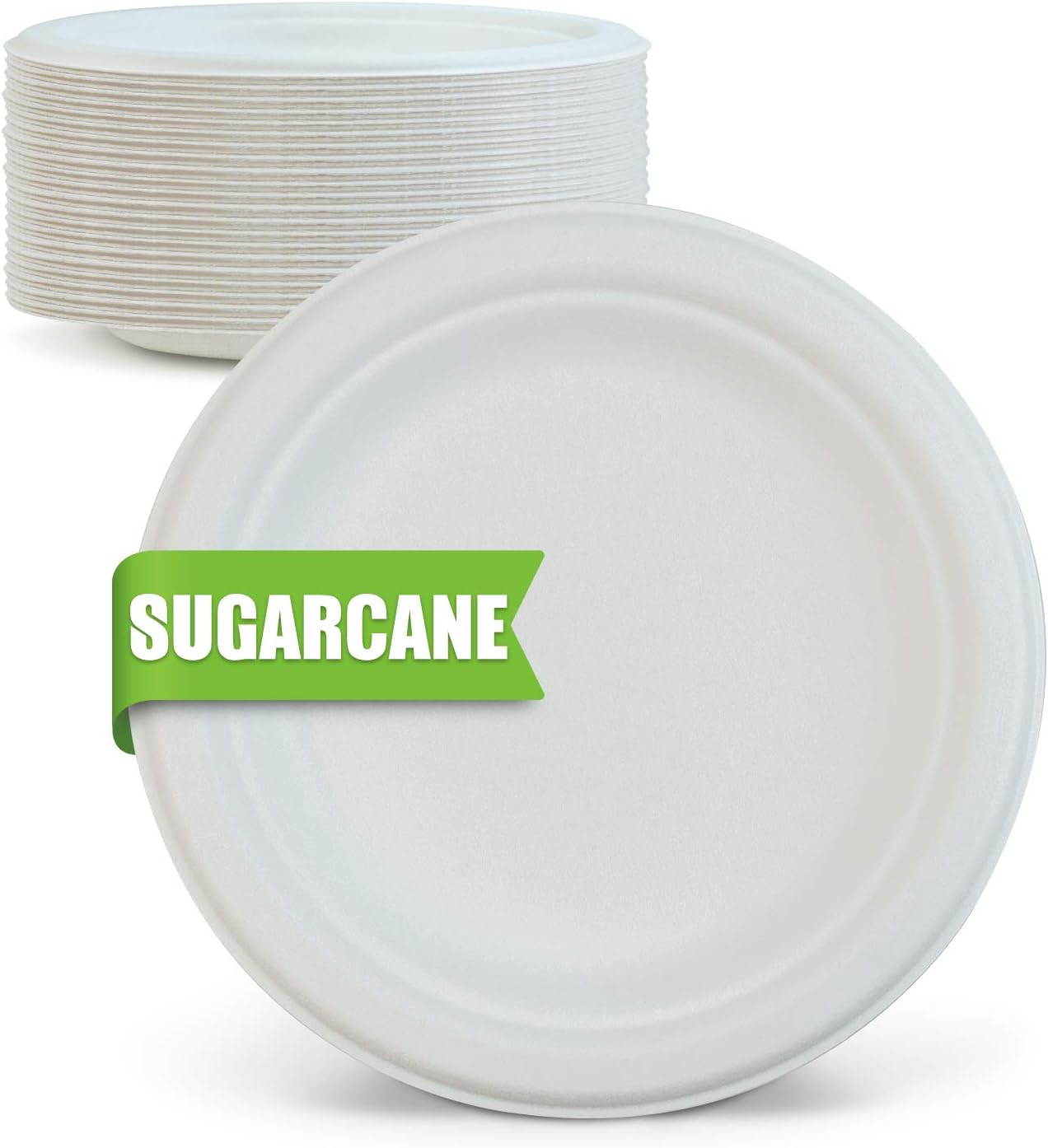 G51-0030A
G51-0030A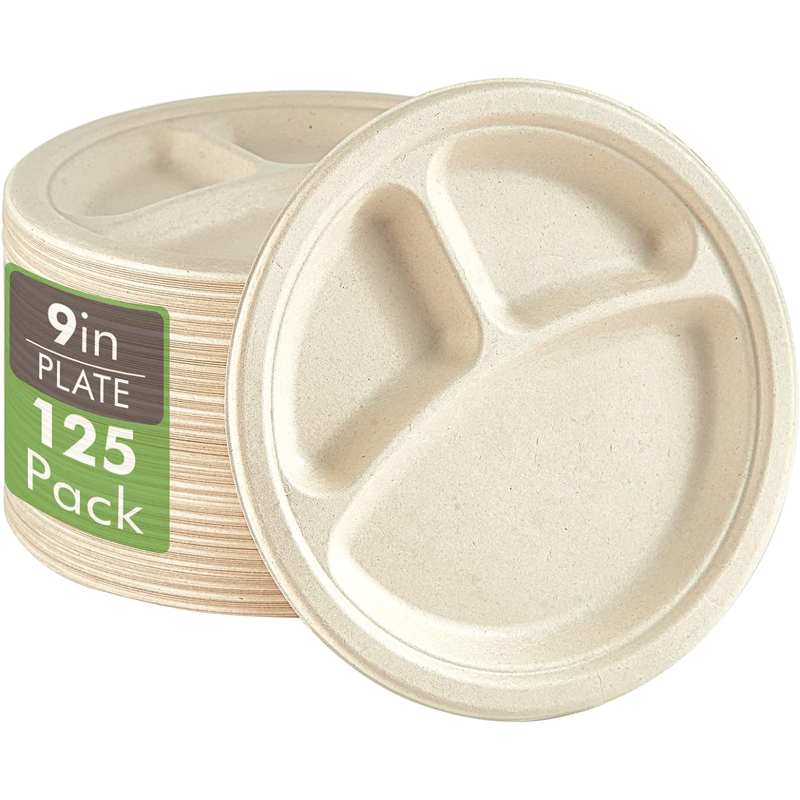 G51-0020A
G51-0020A Bagasse Bowls
Bagasse Bowls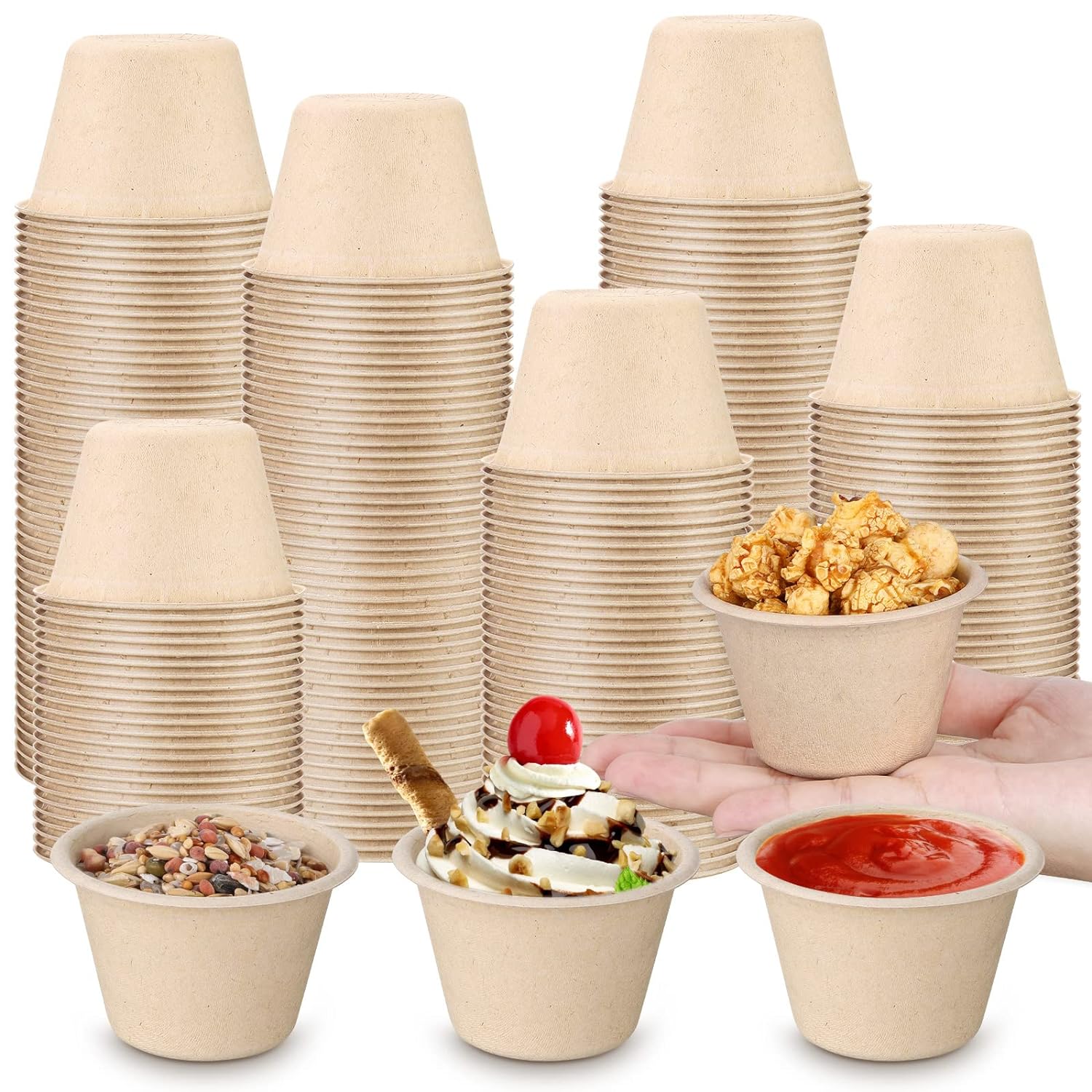 TM-C006
TM-C006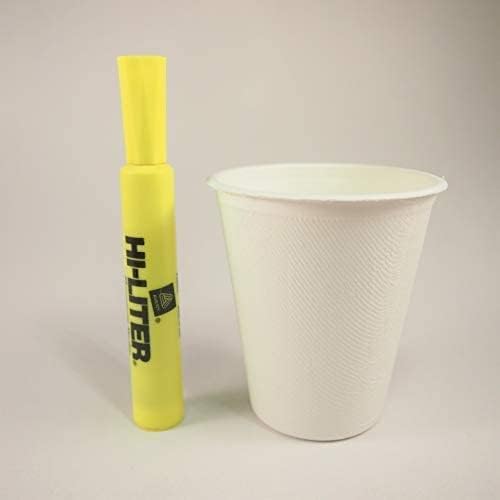 Bagasse Cups And Cutlery
Bagasse Cups And Cutlery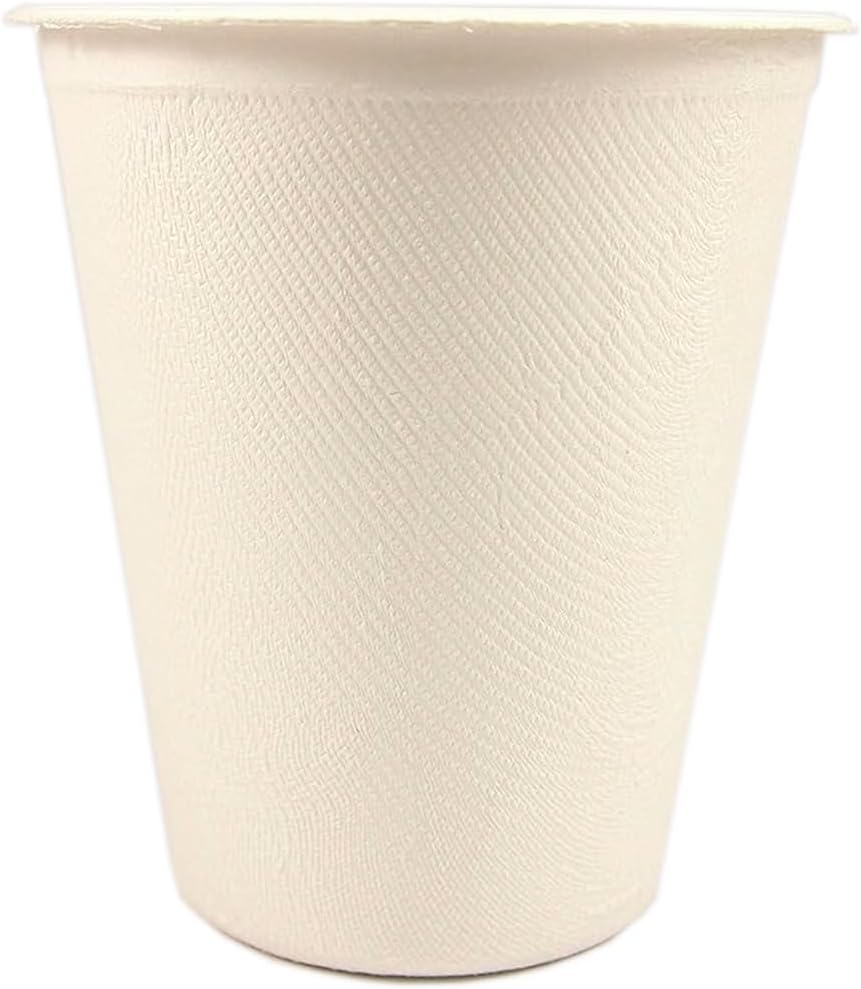 G11-0051A(W)
G11-0051A(W) G11-0052A(W)
G11-0052A(W)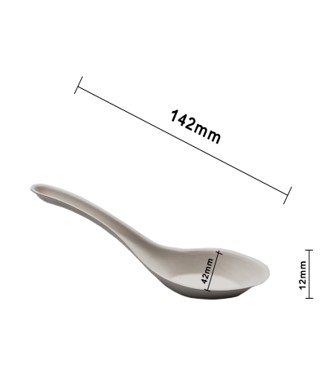 G01-0013D/C/S
G01-0013D/C/S


